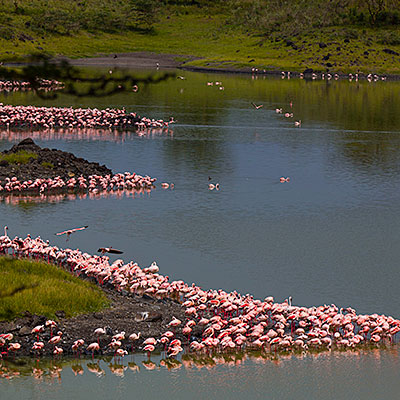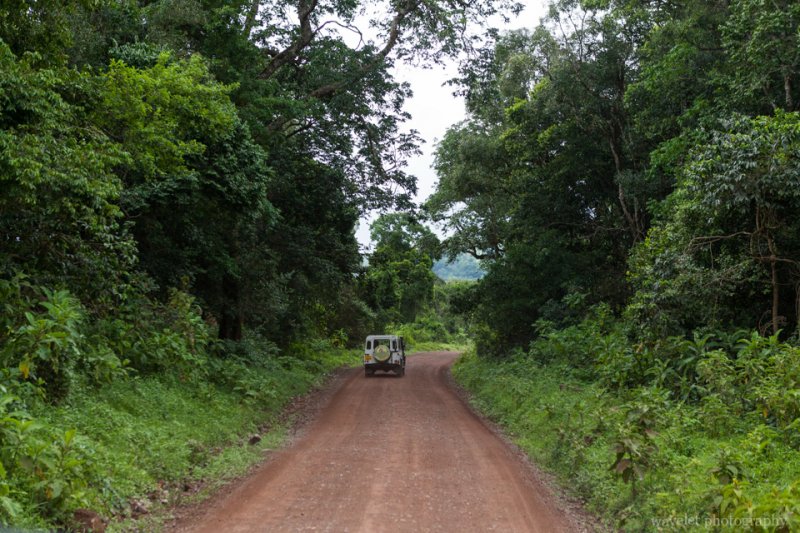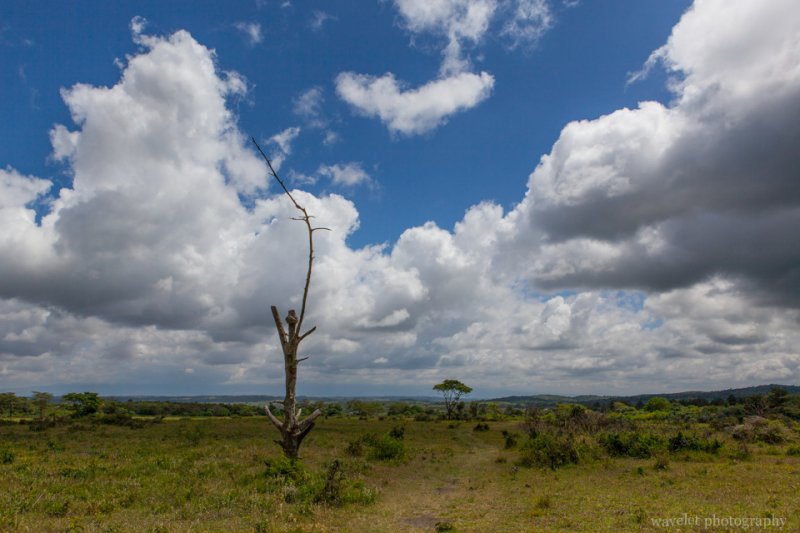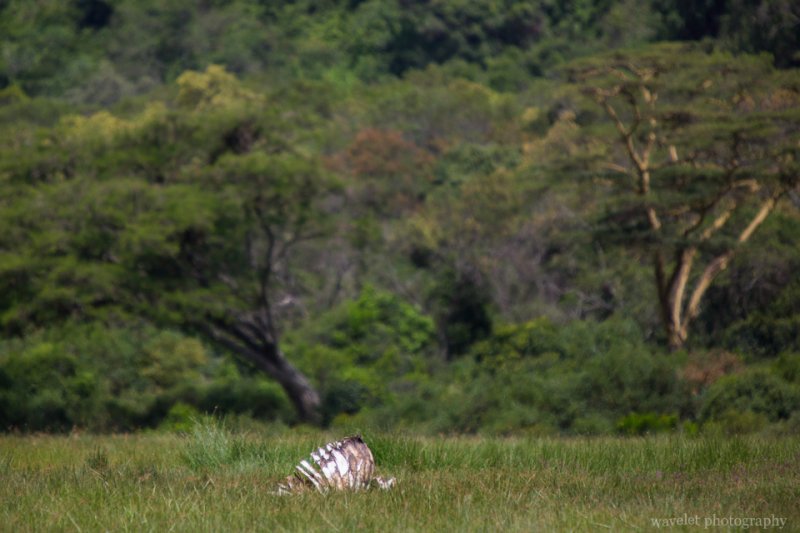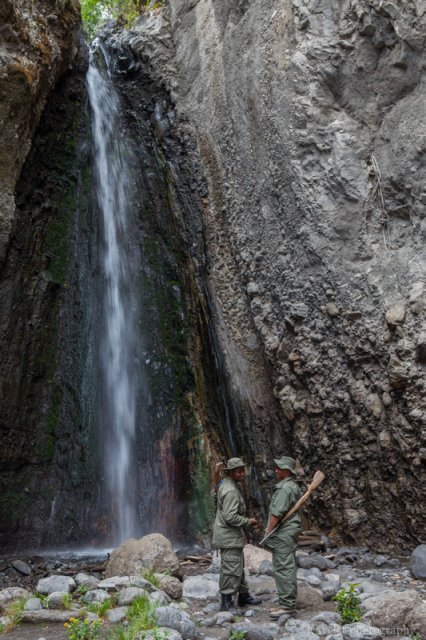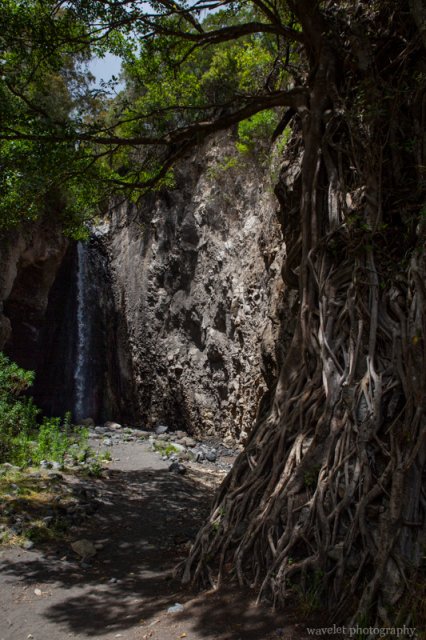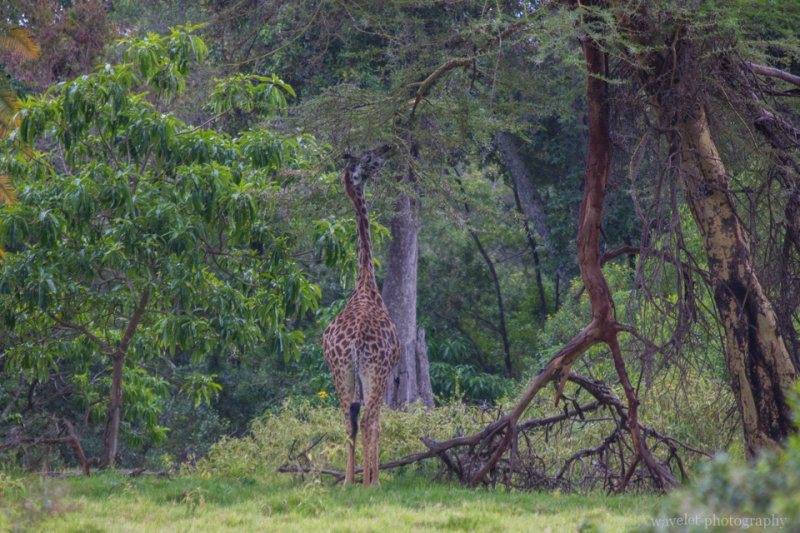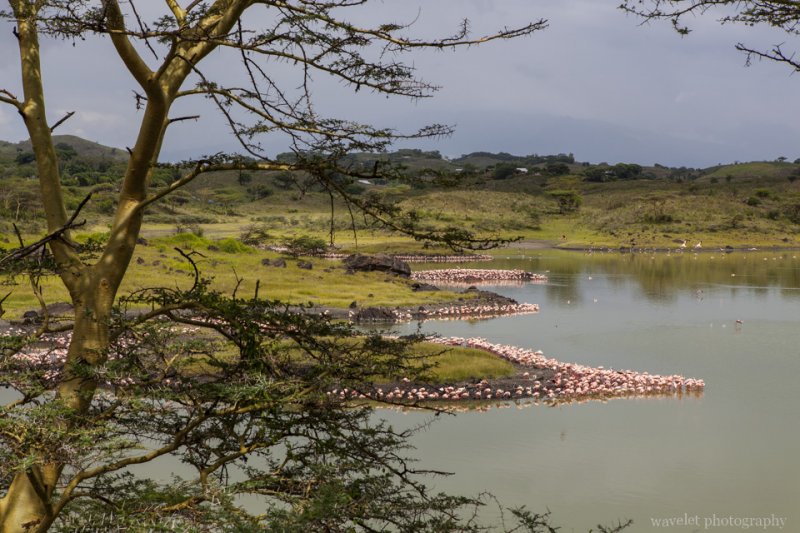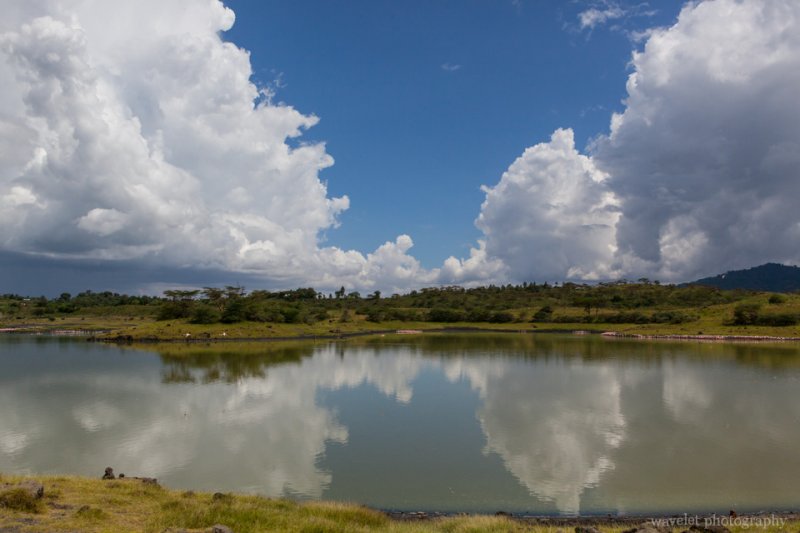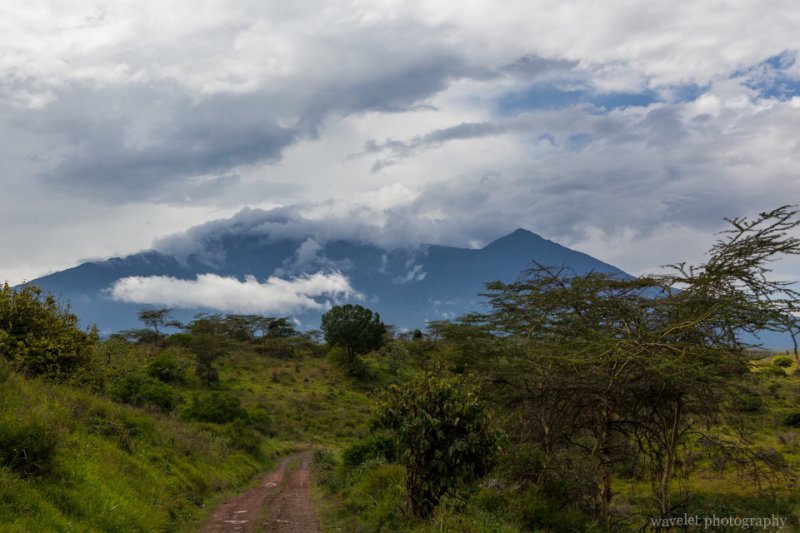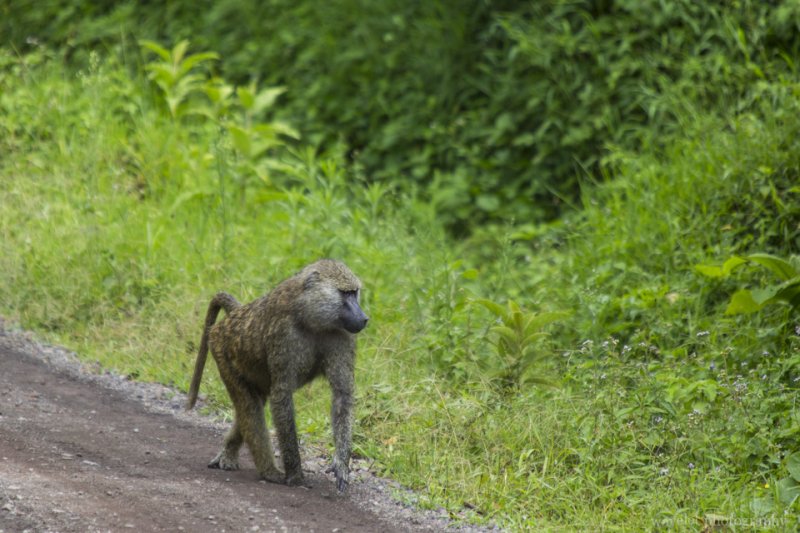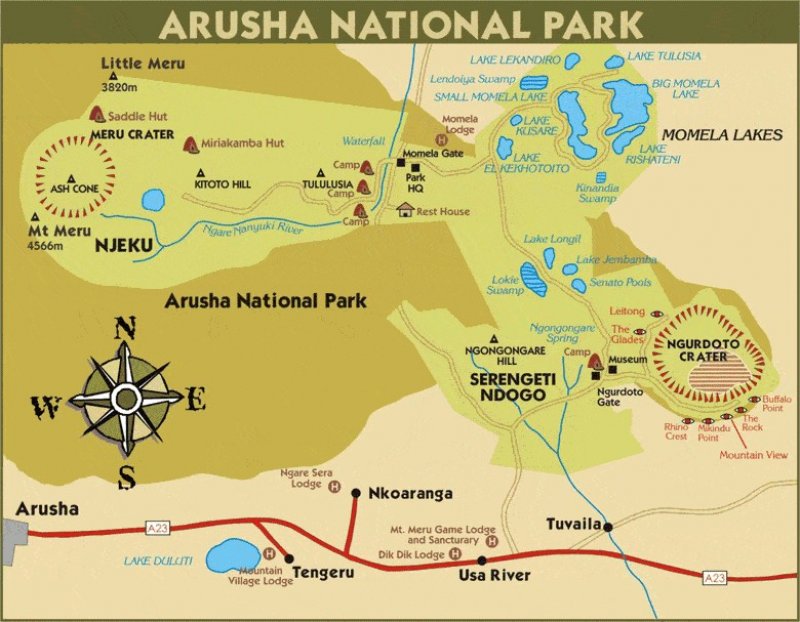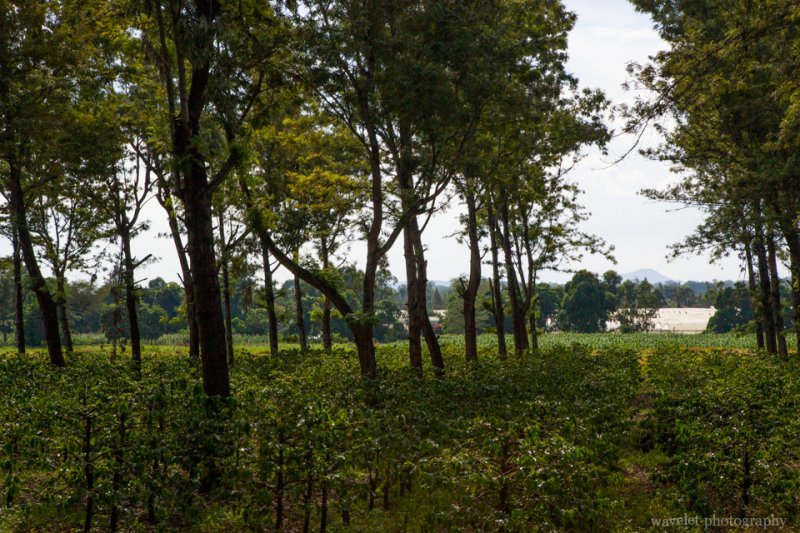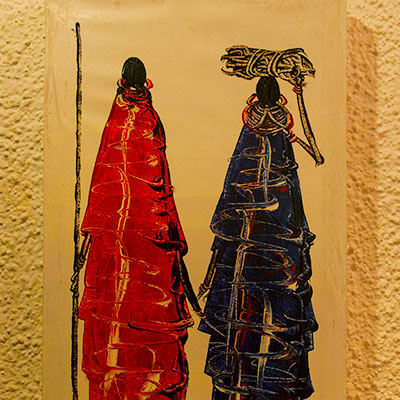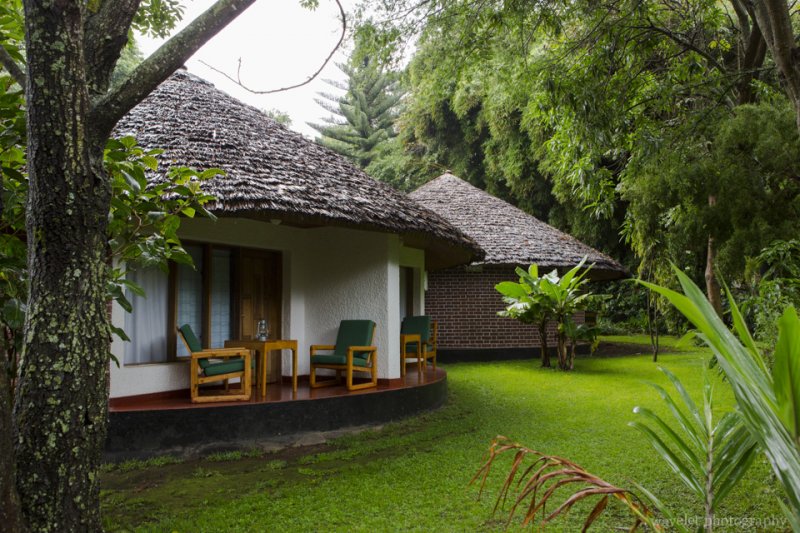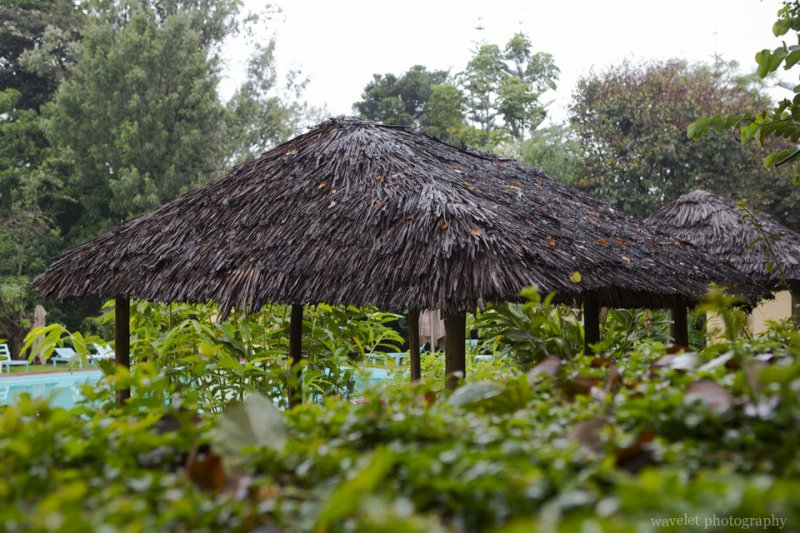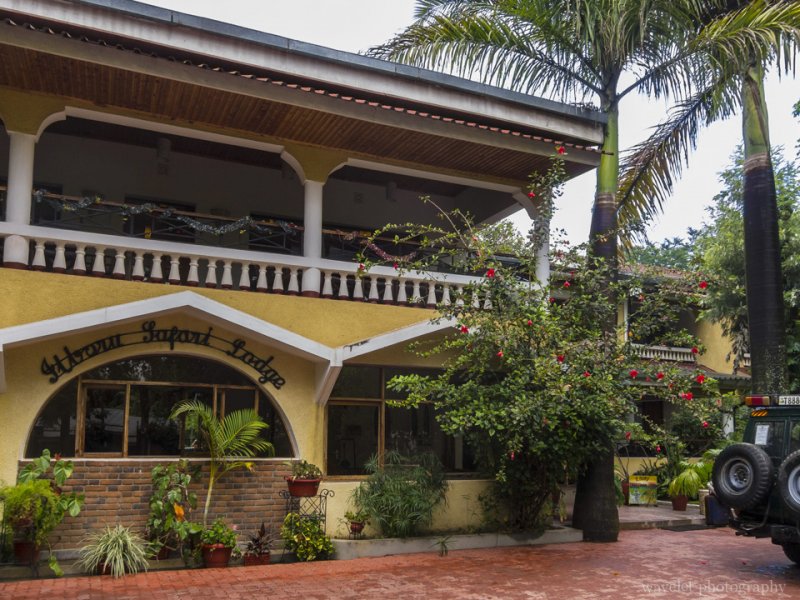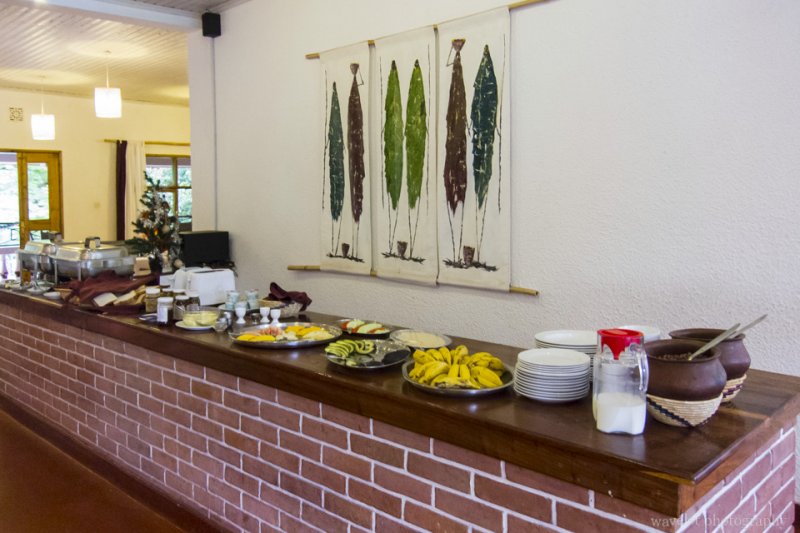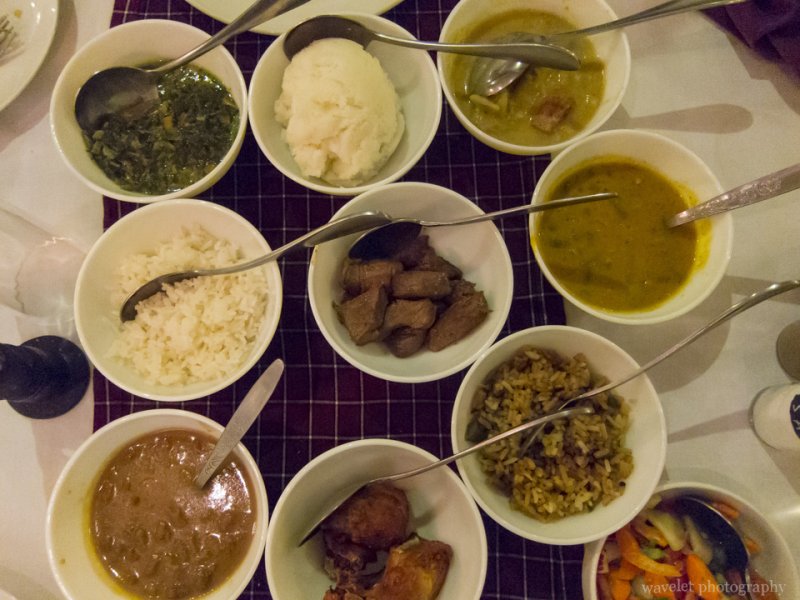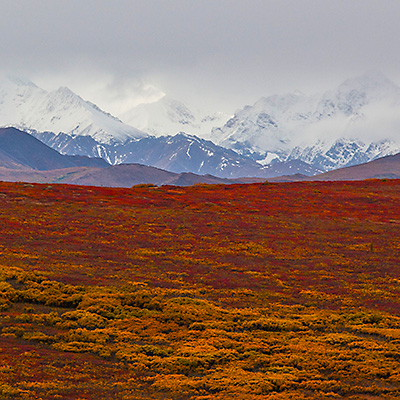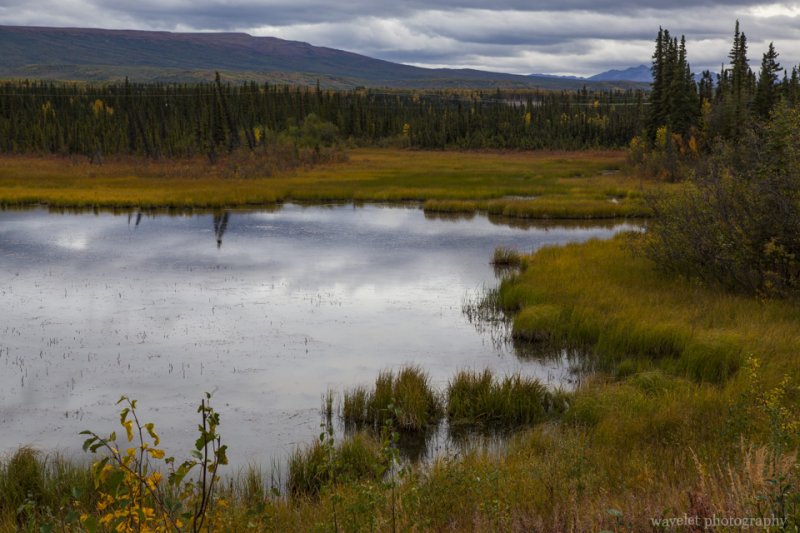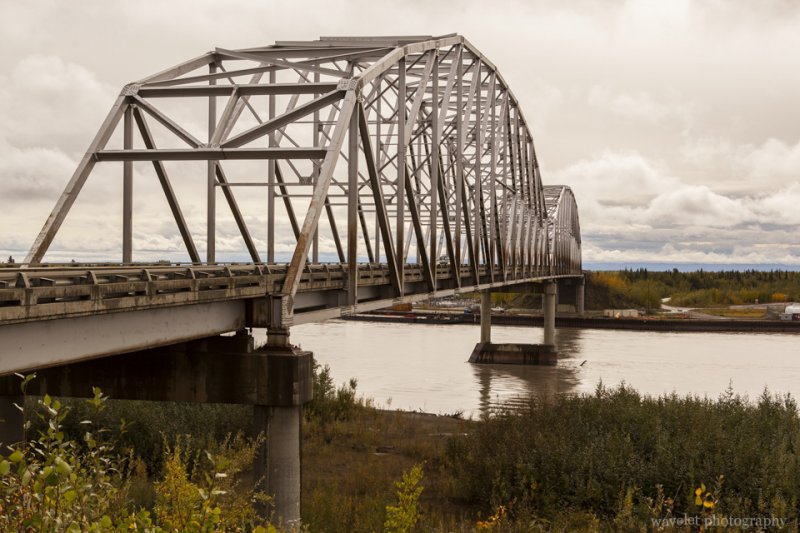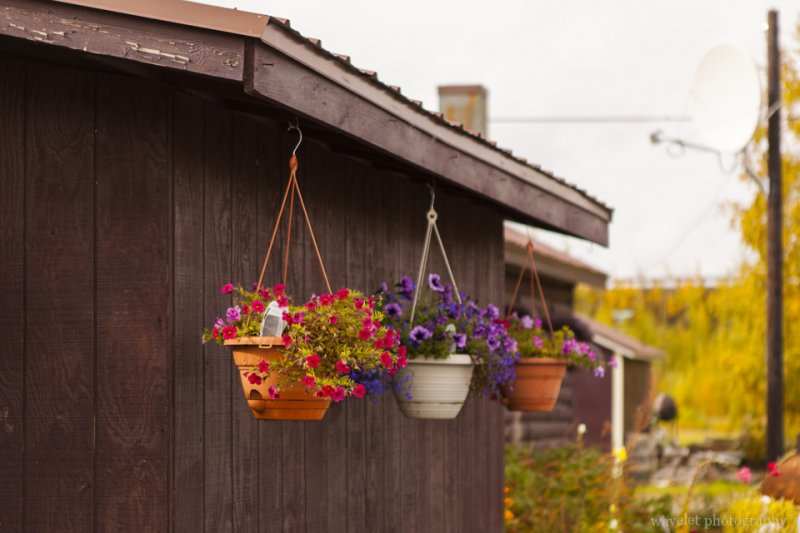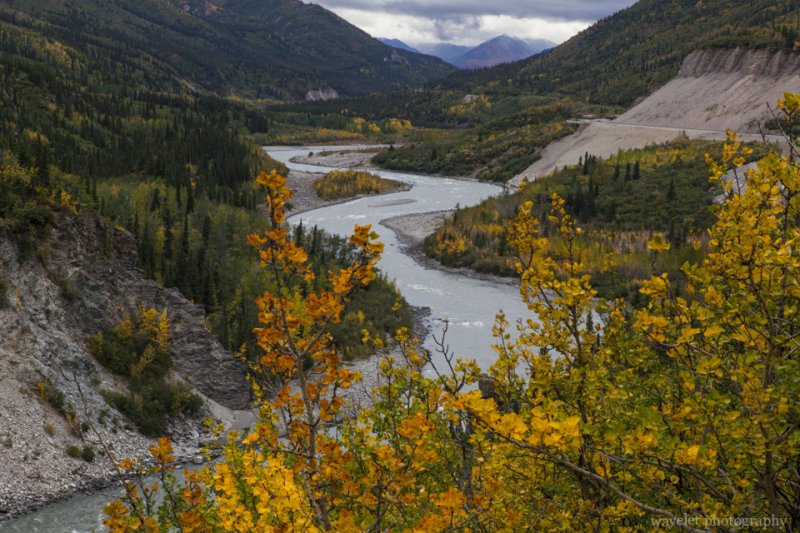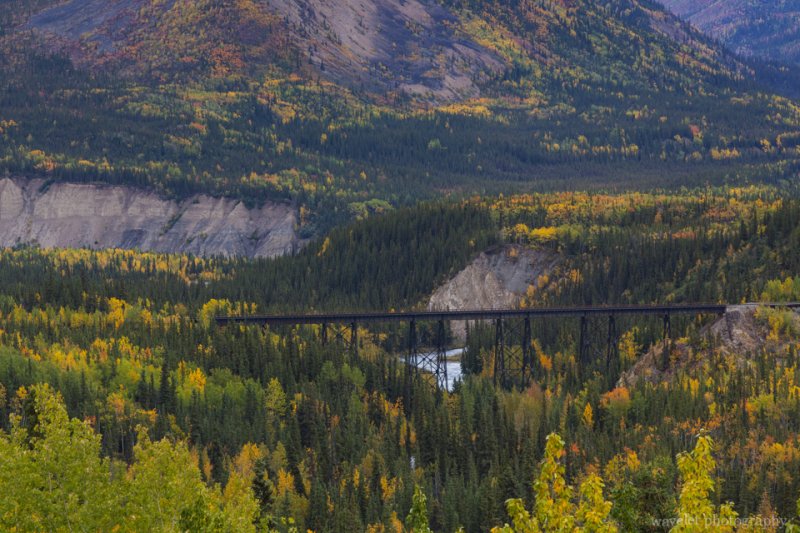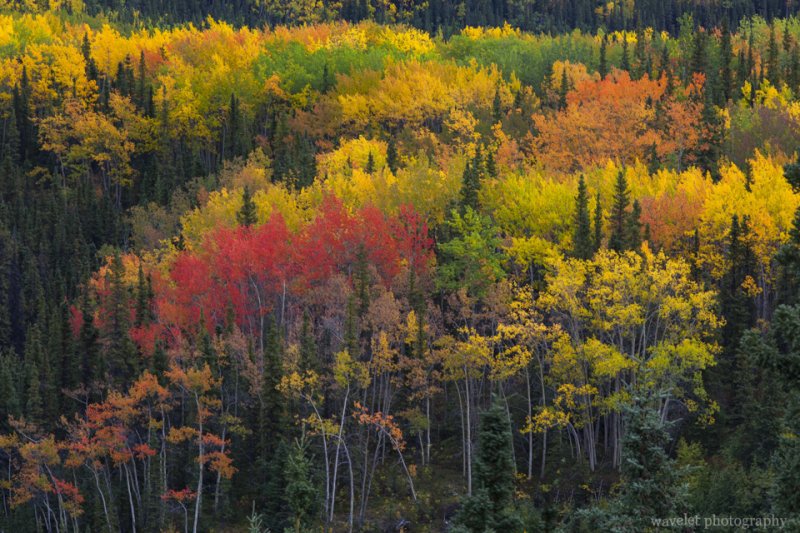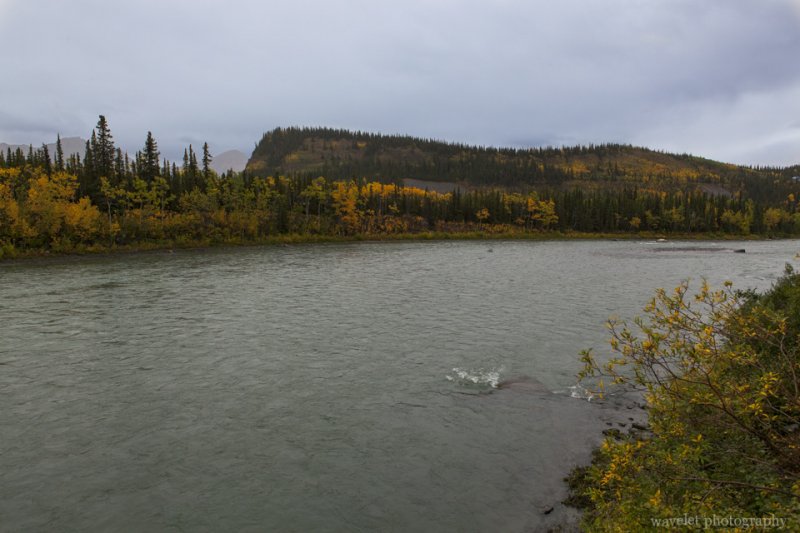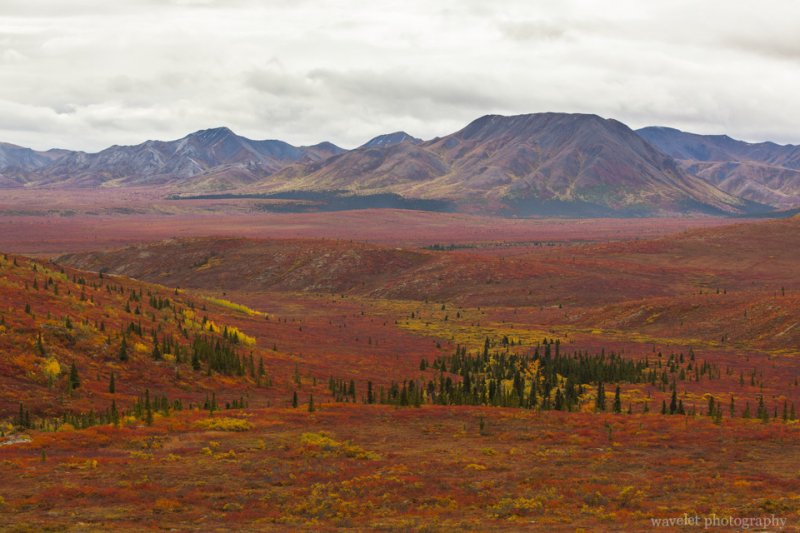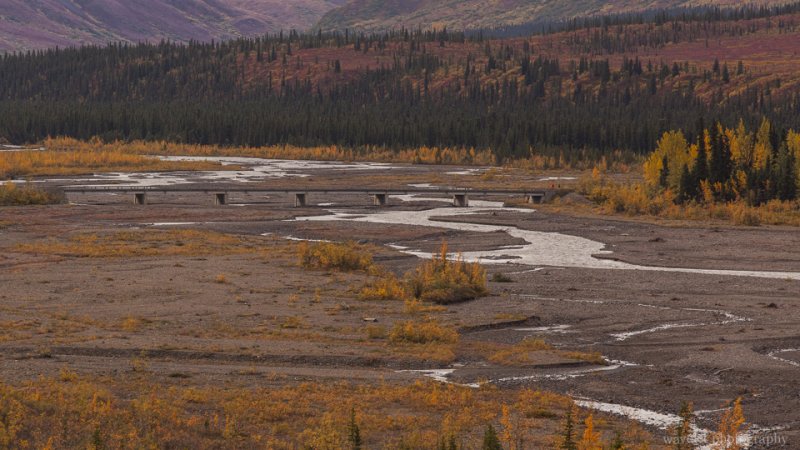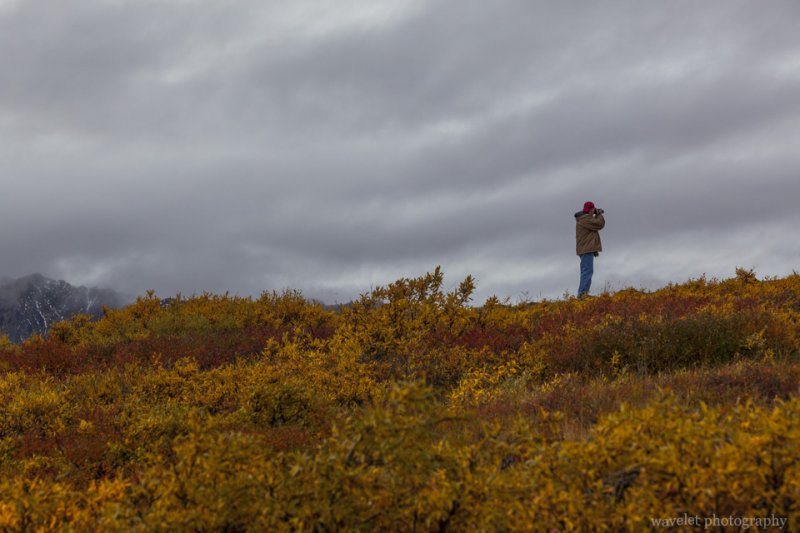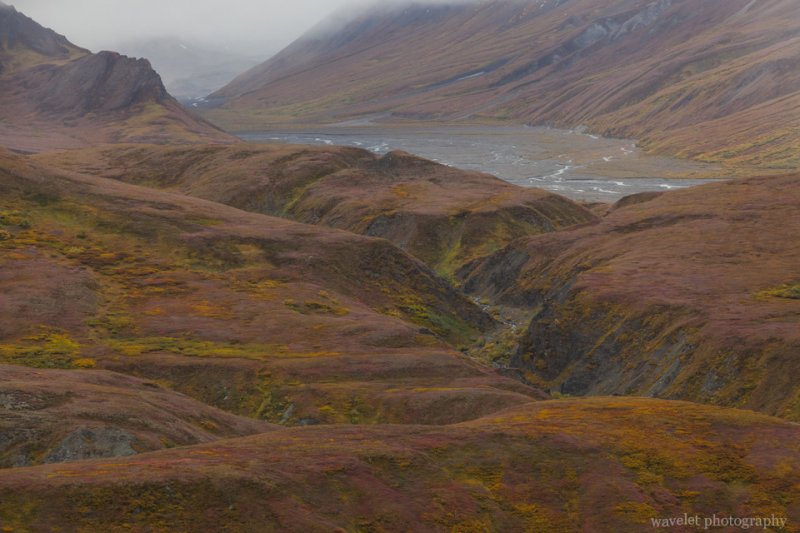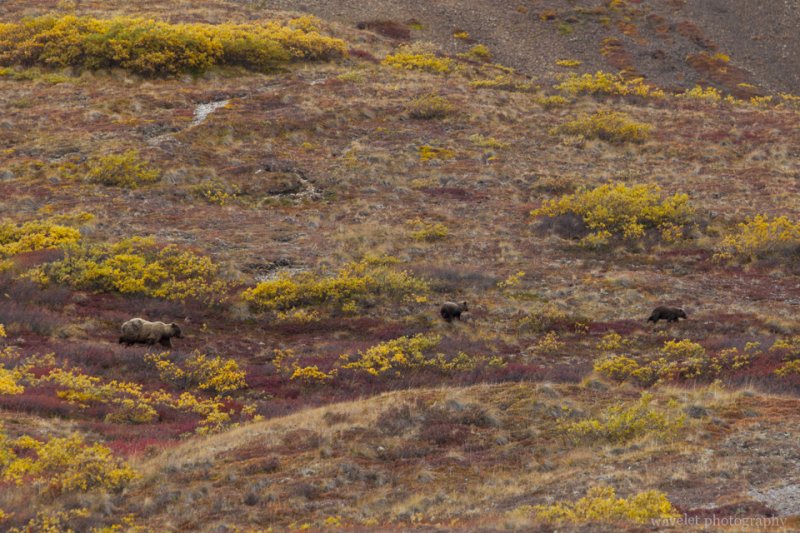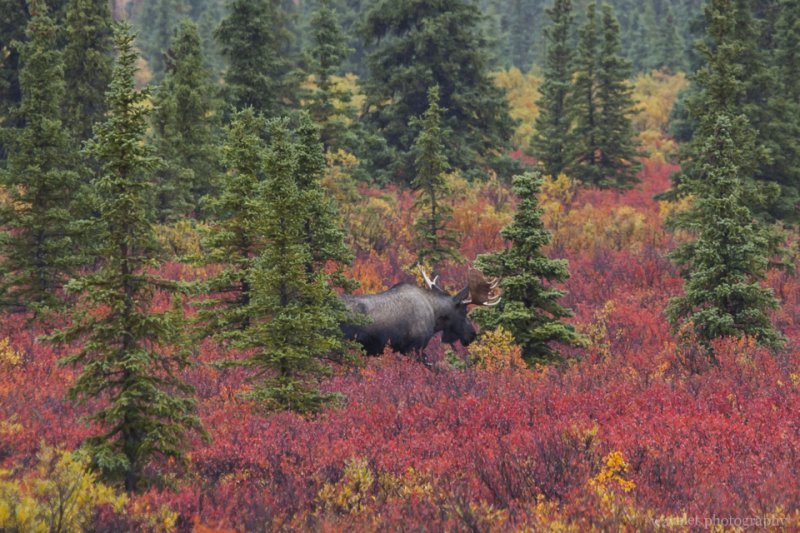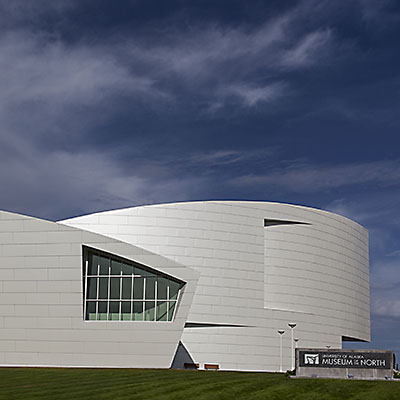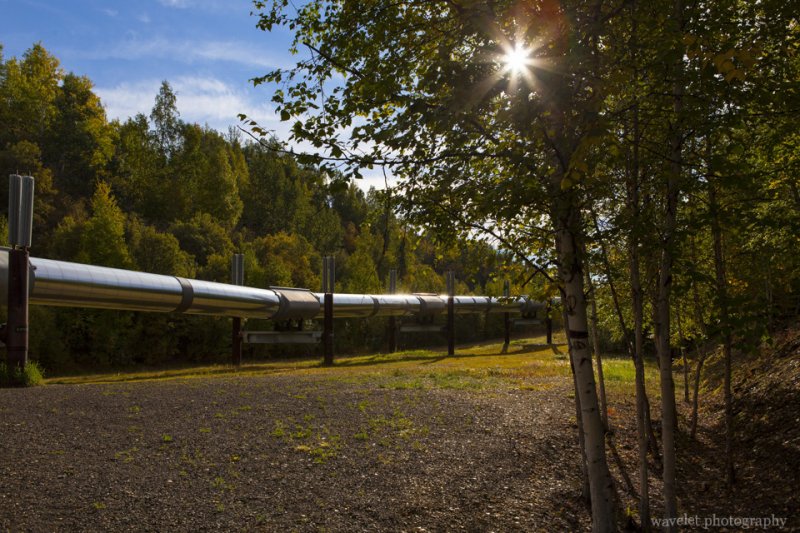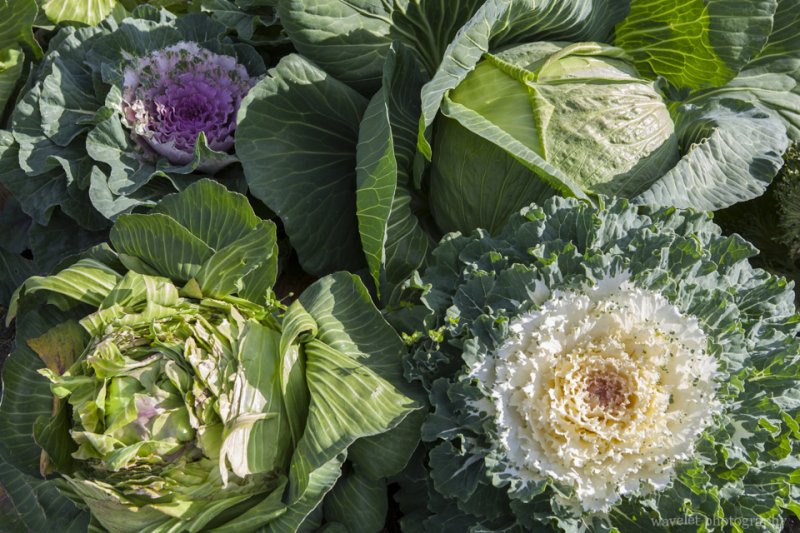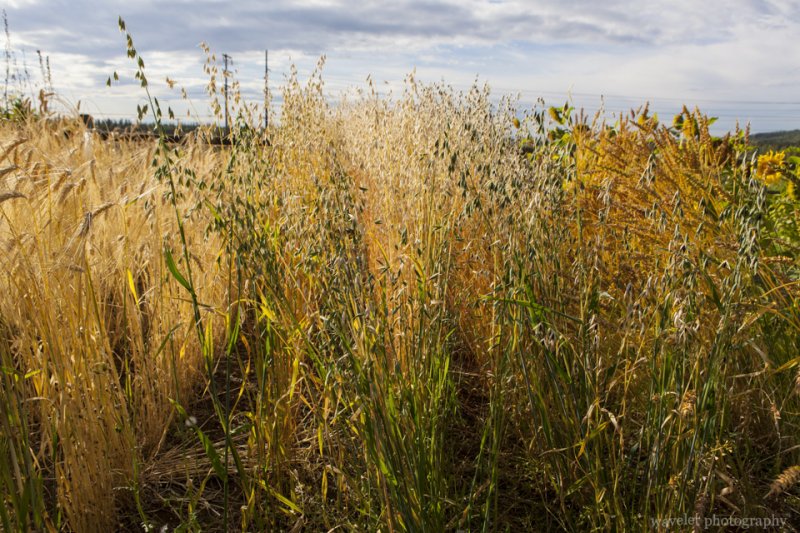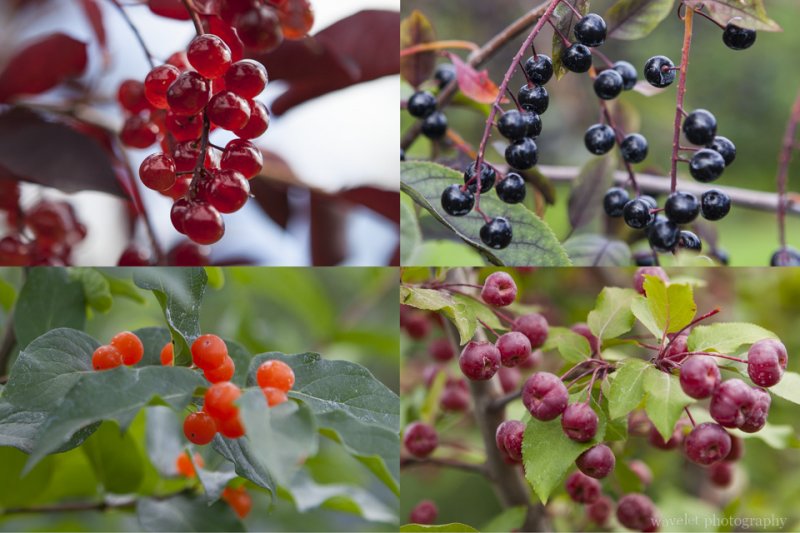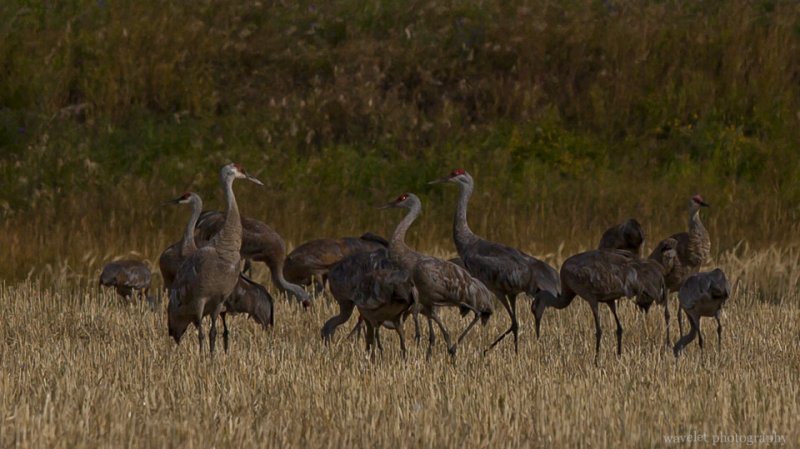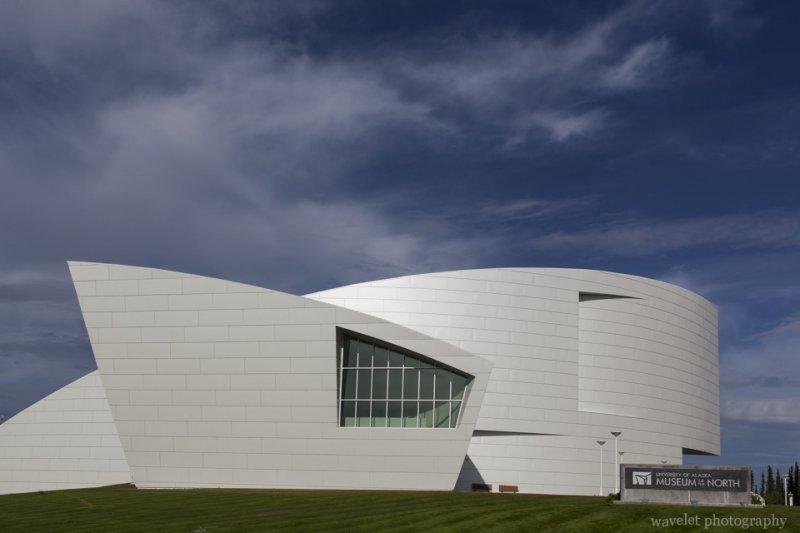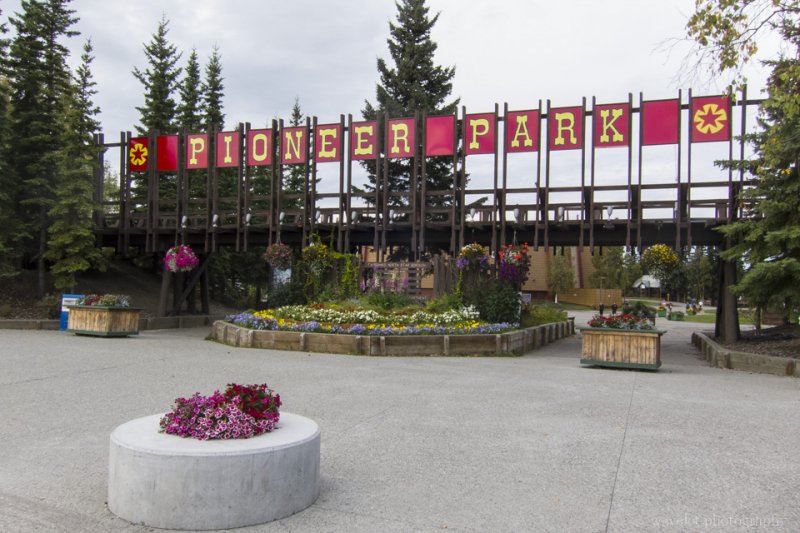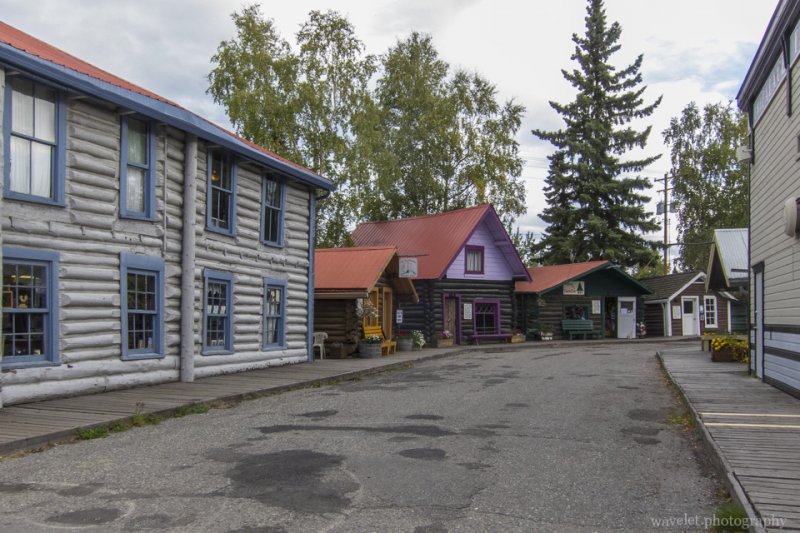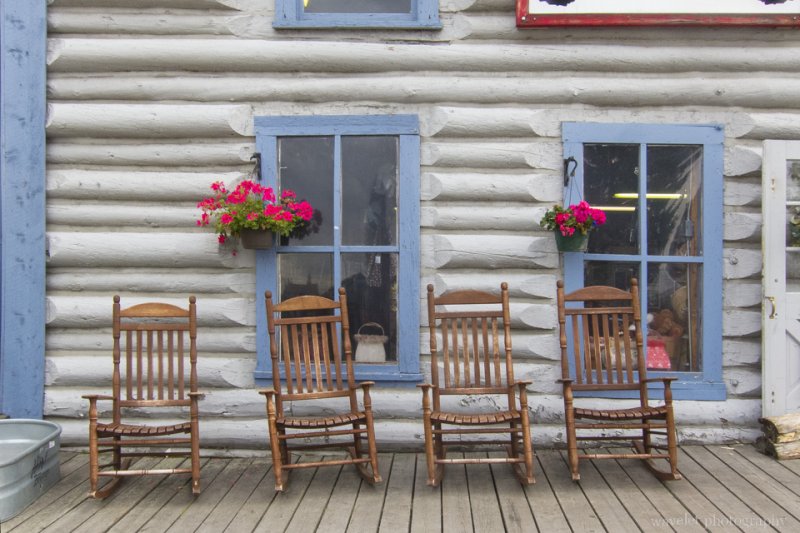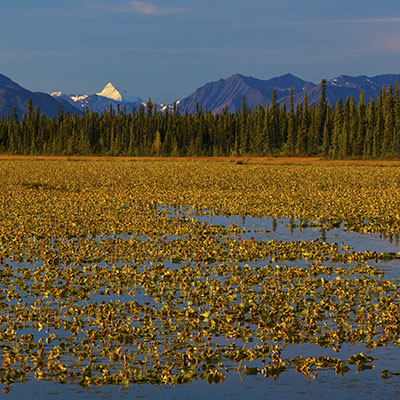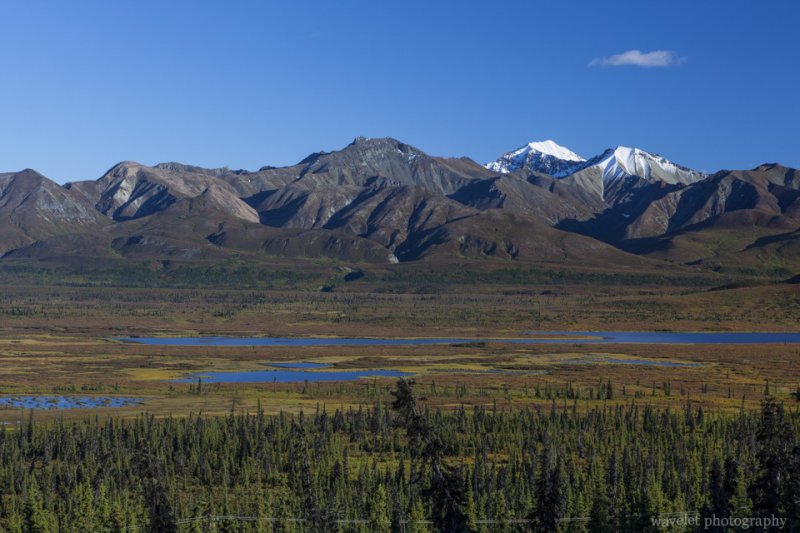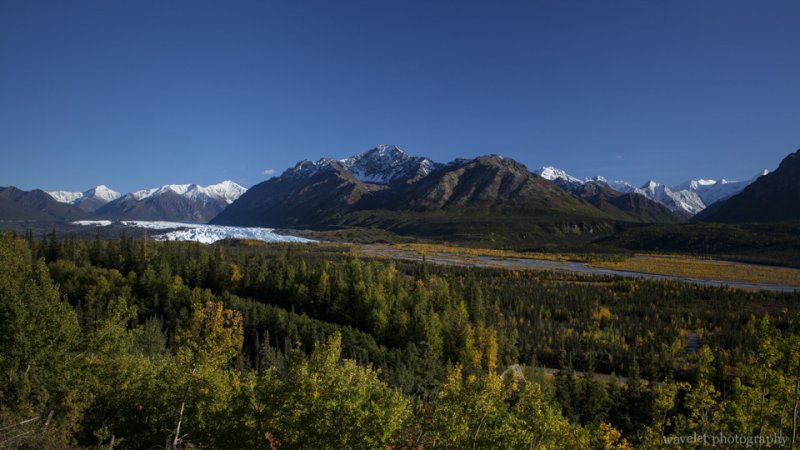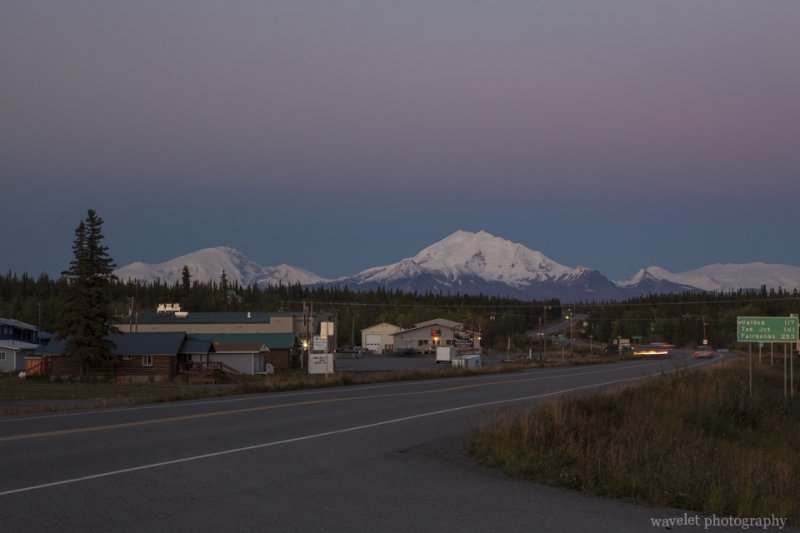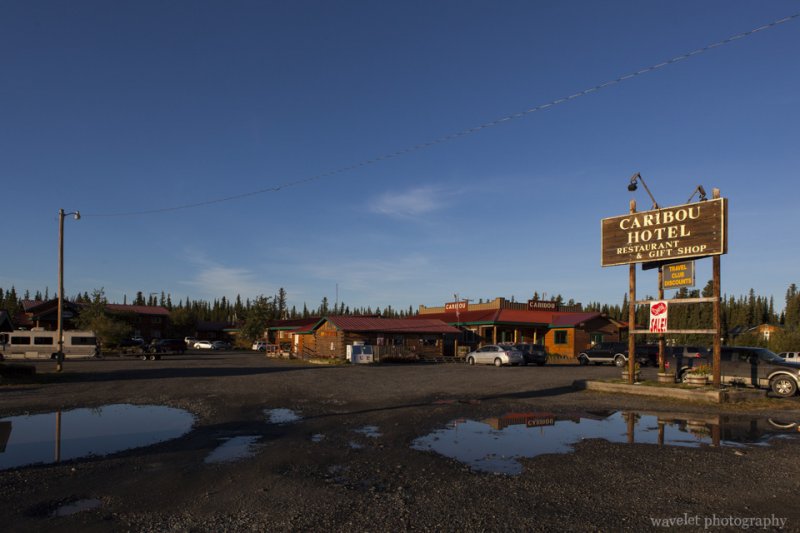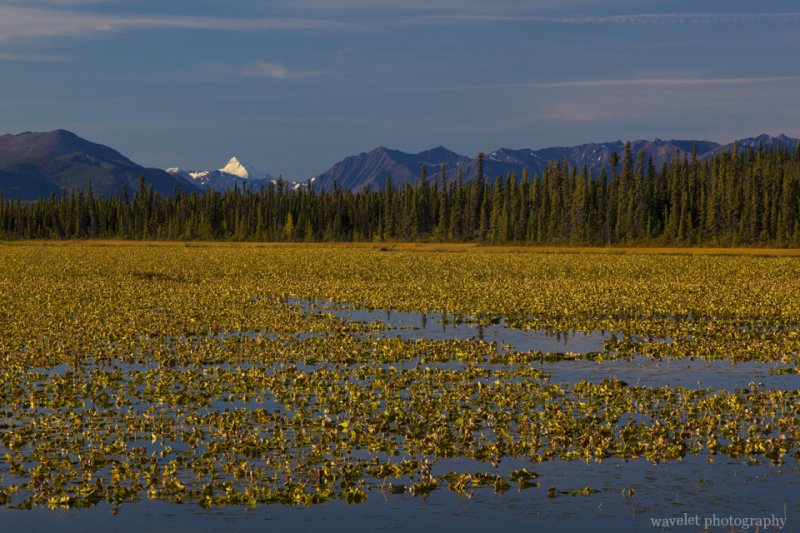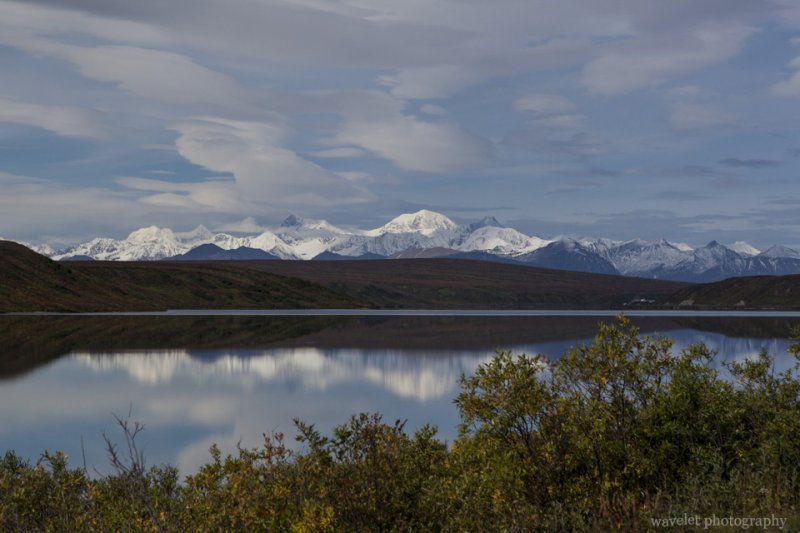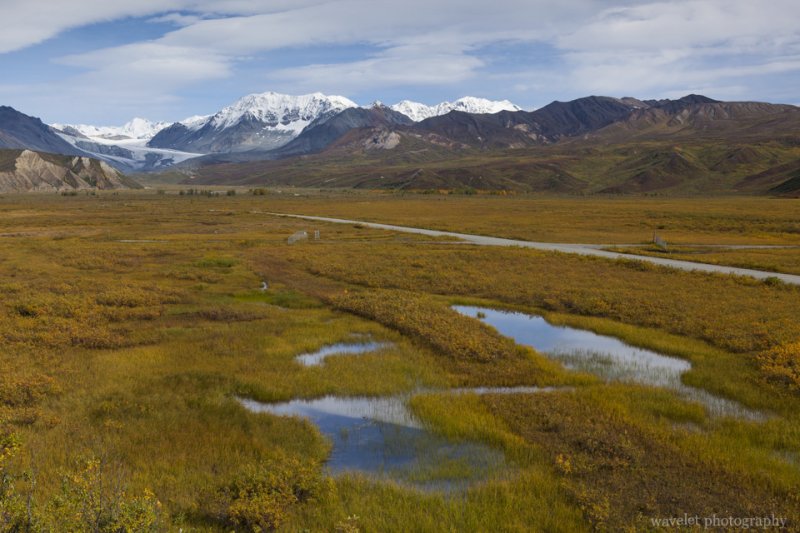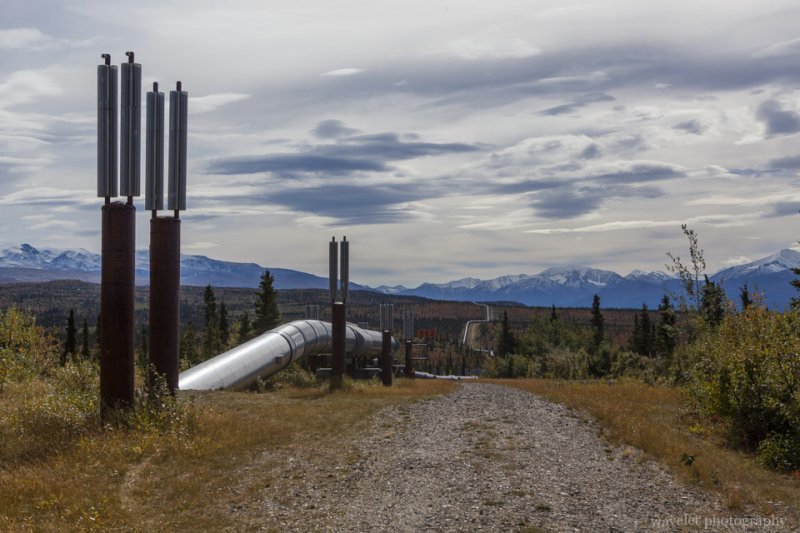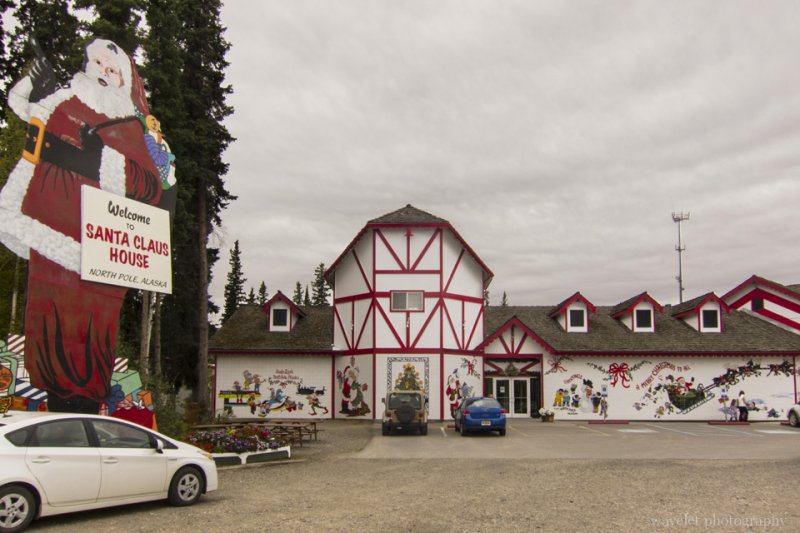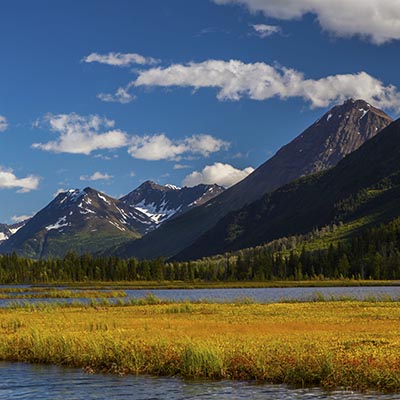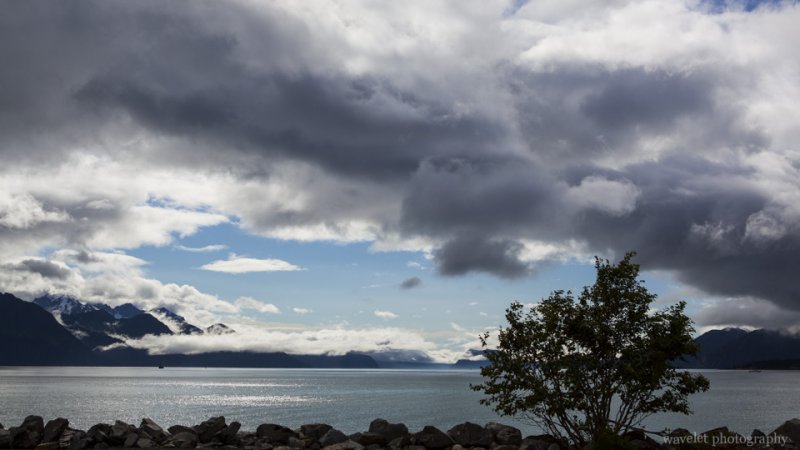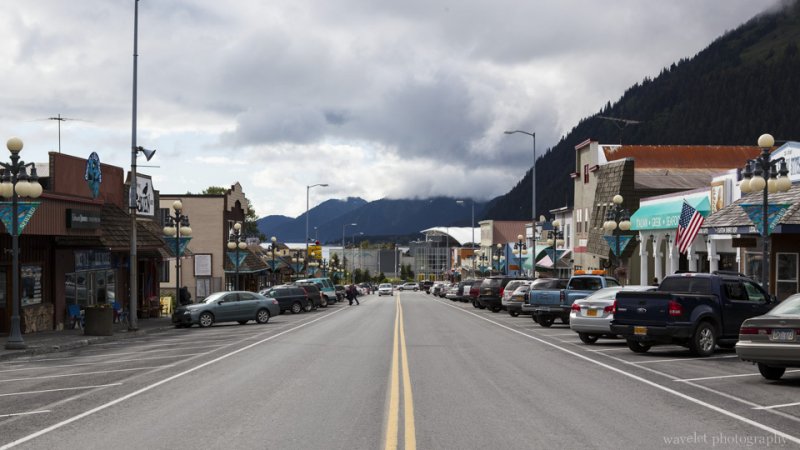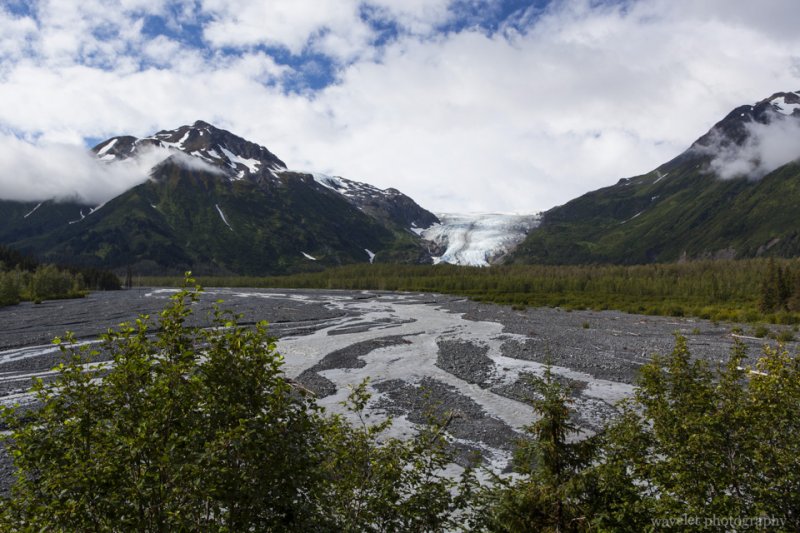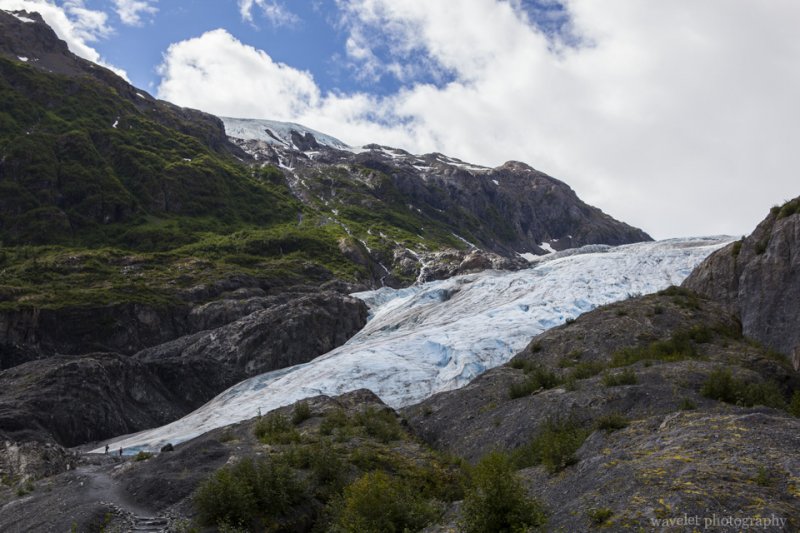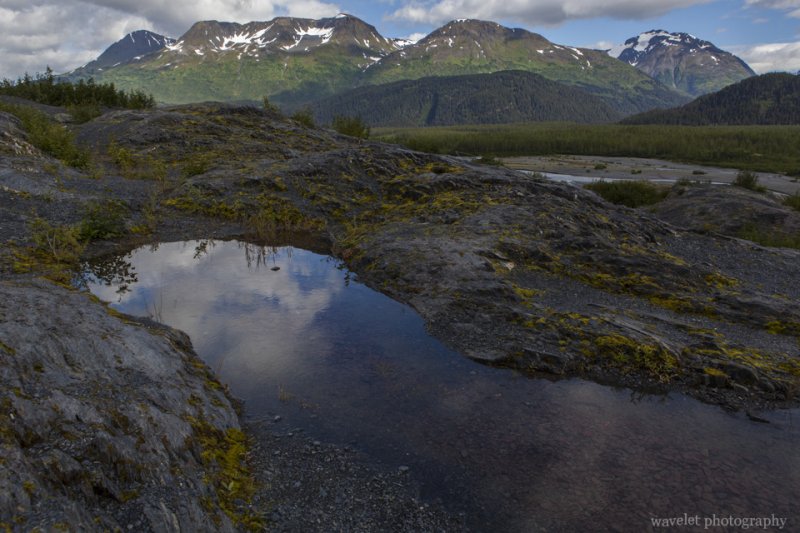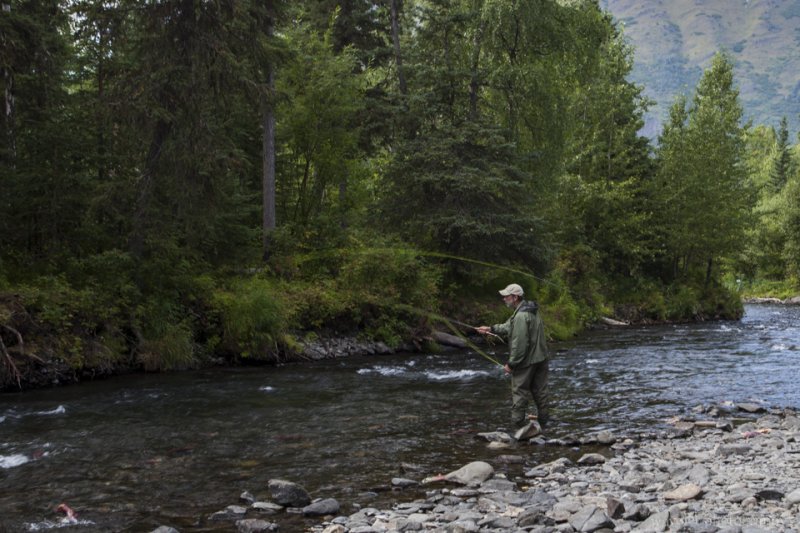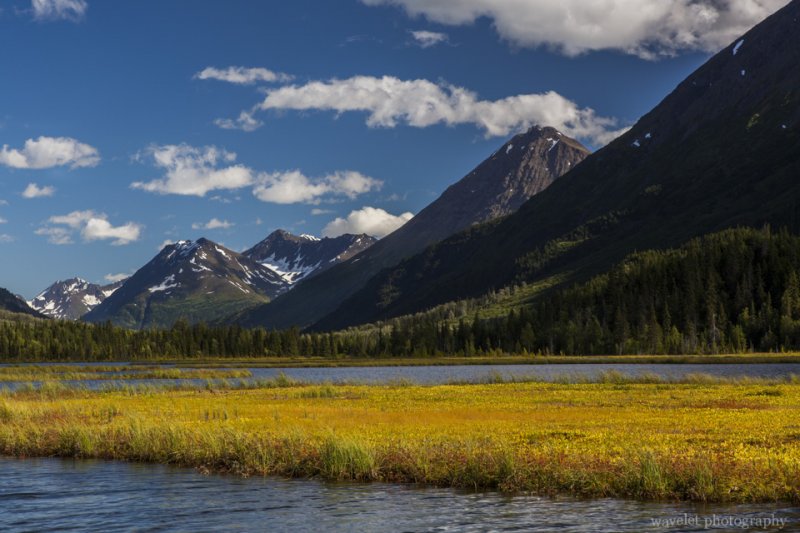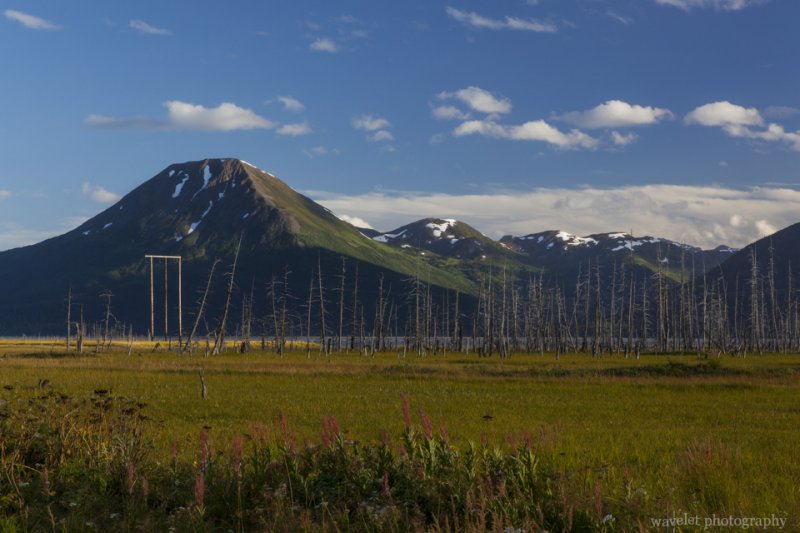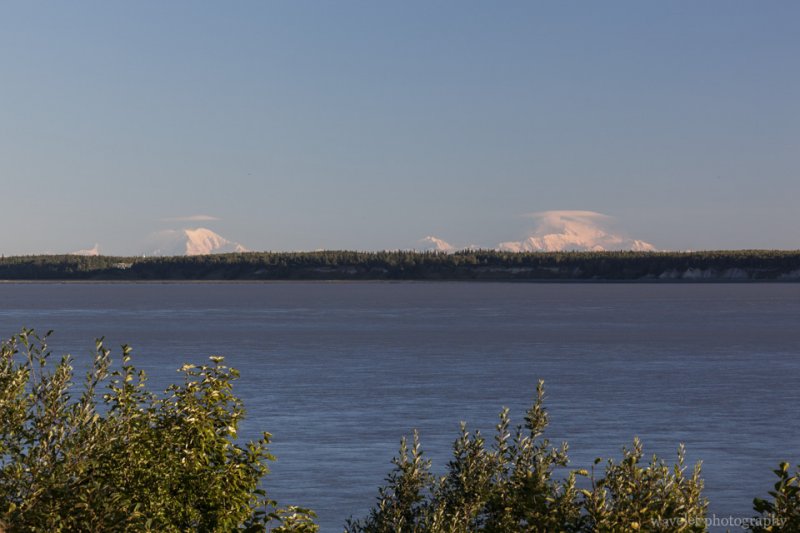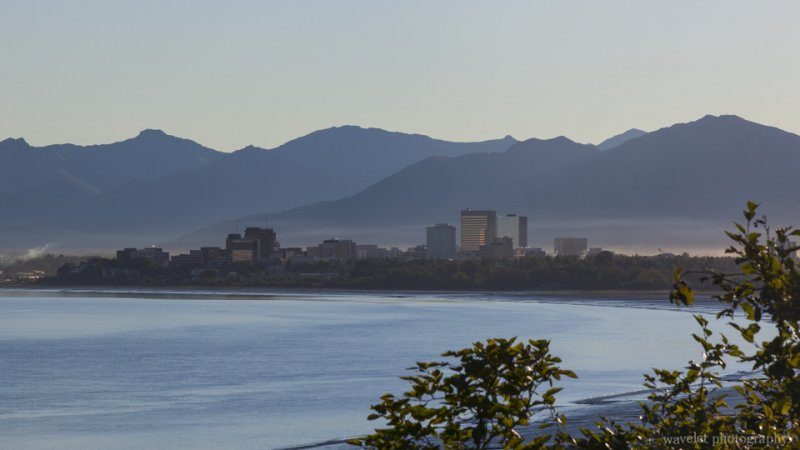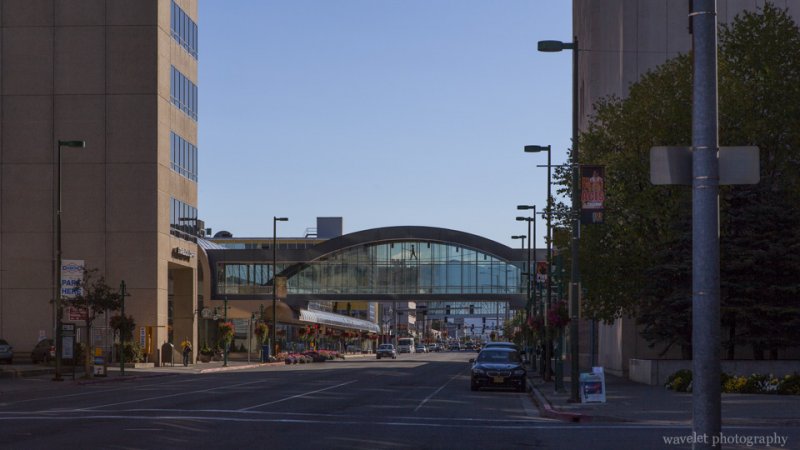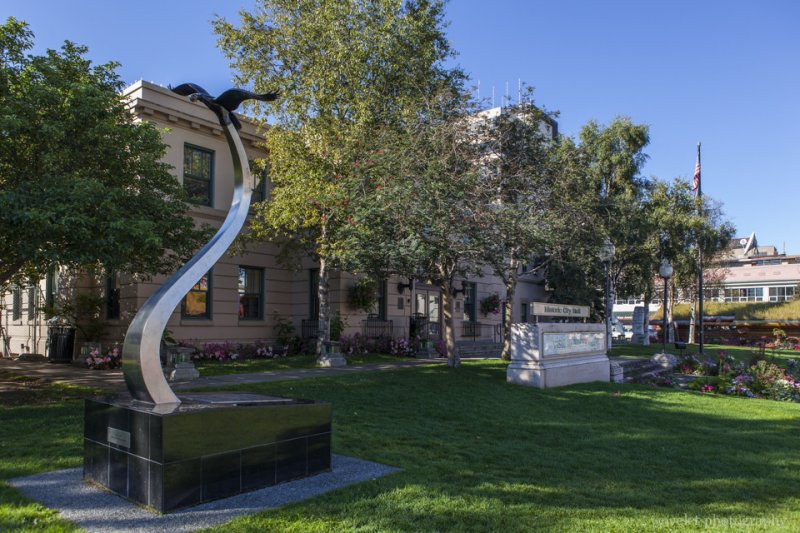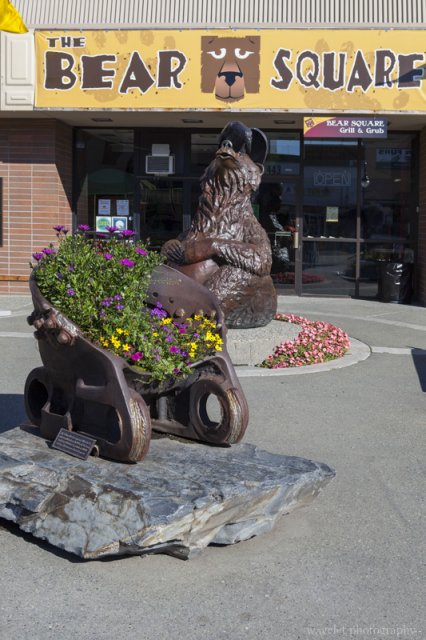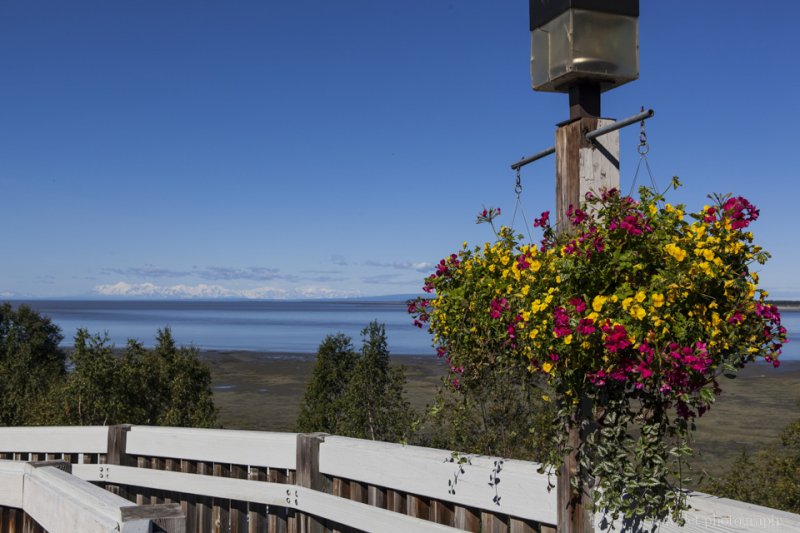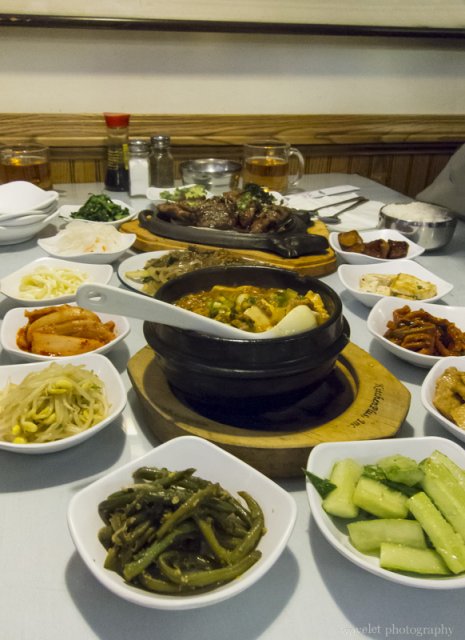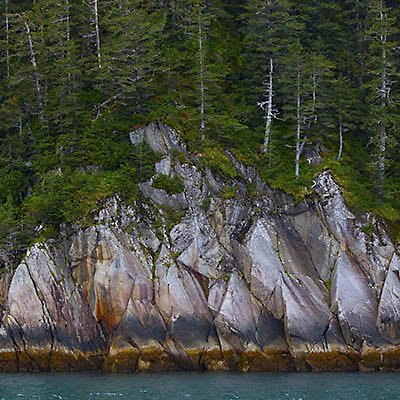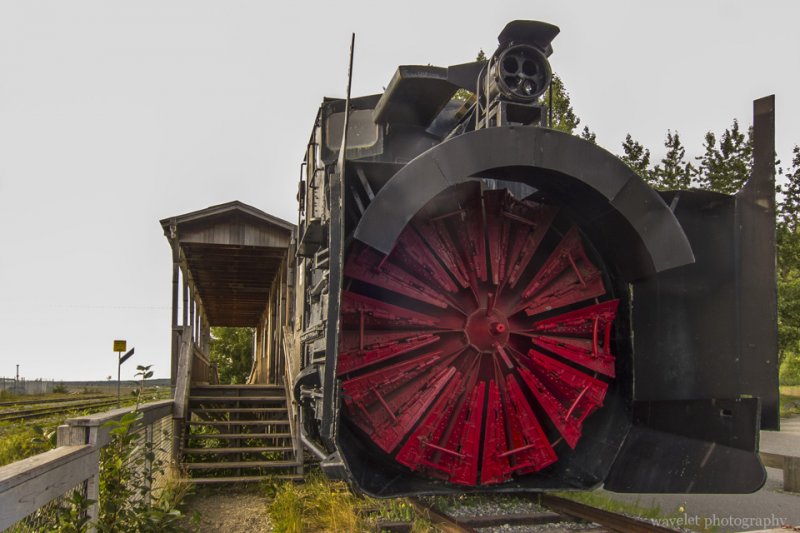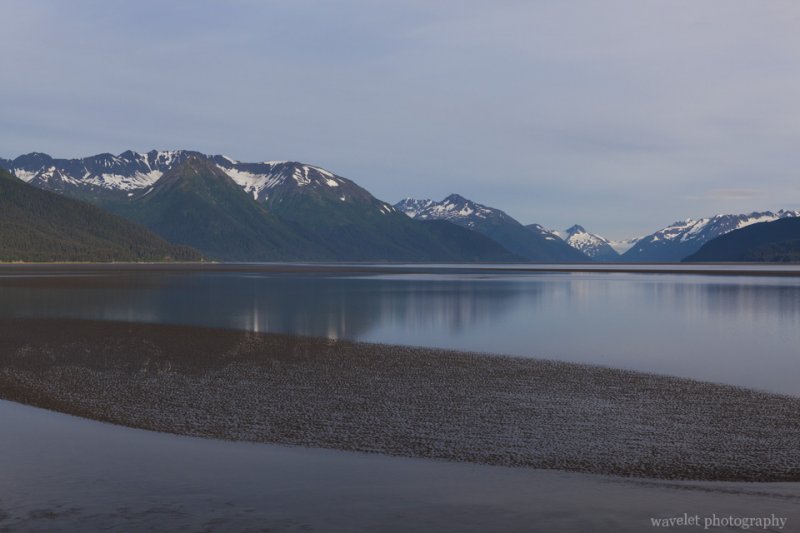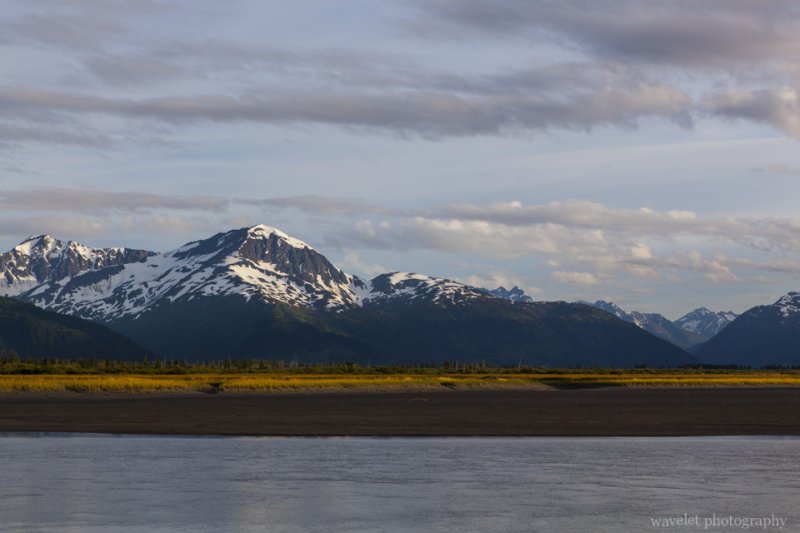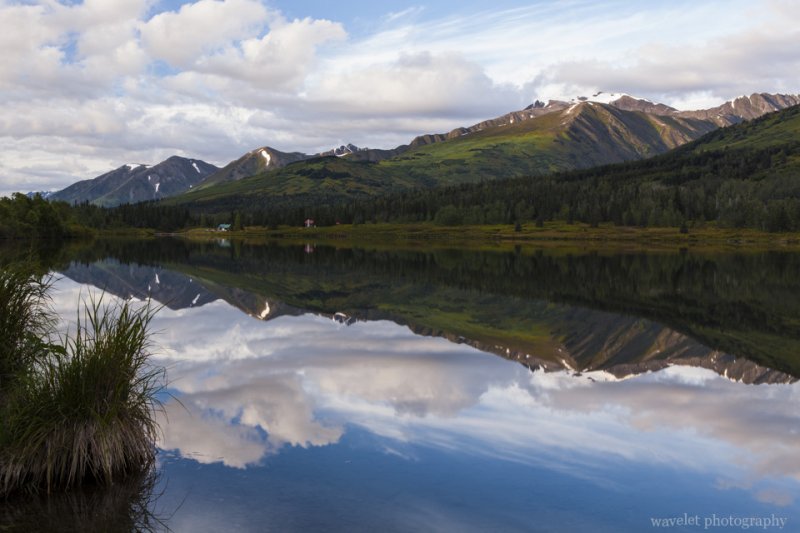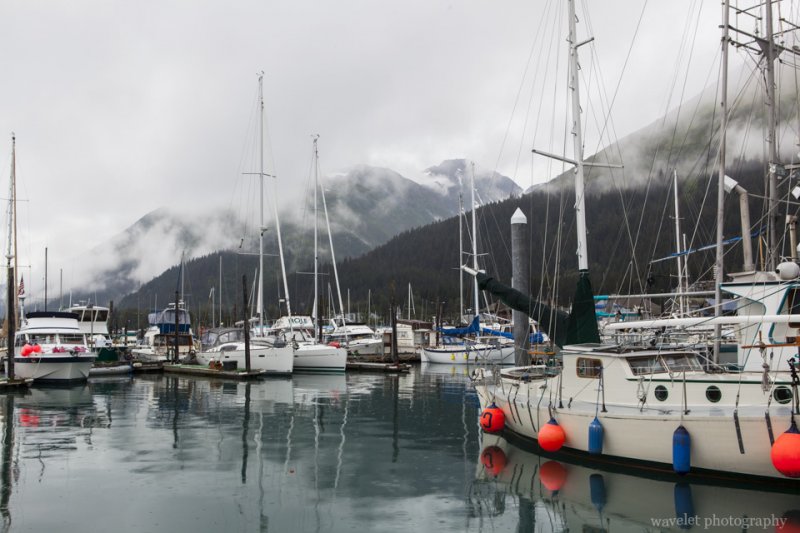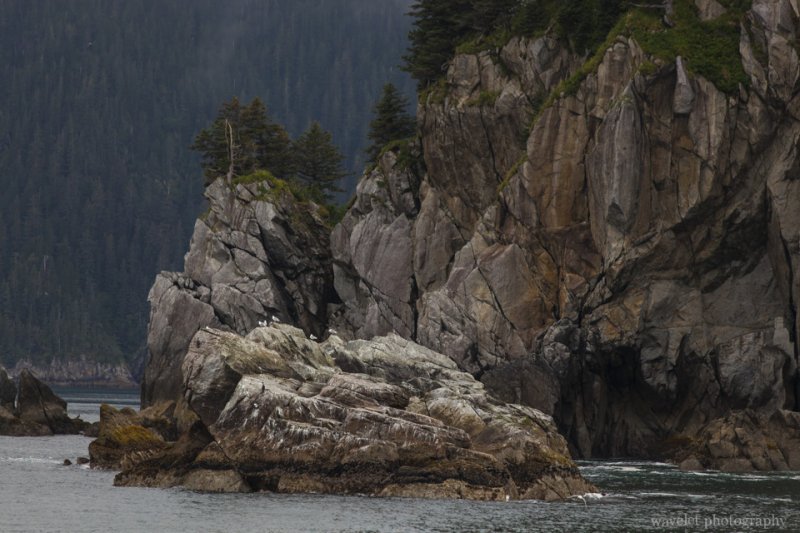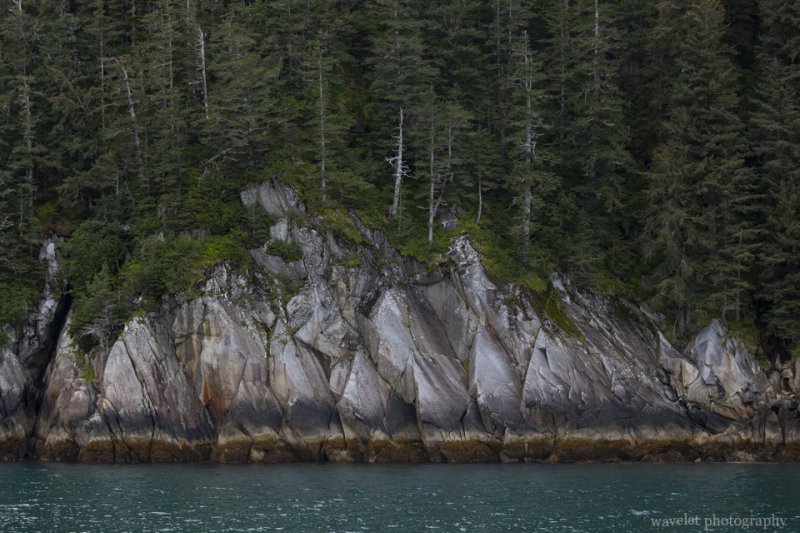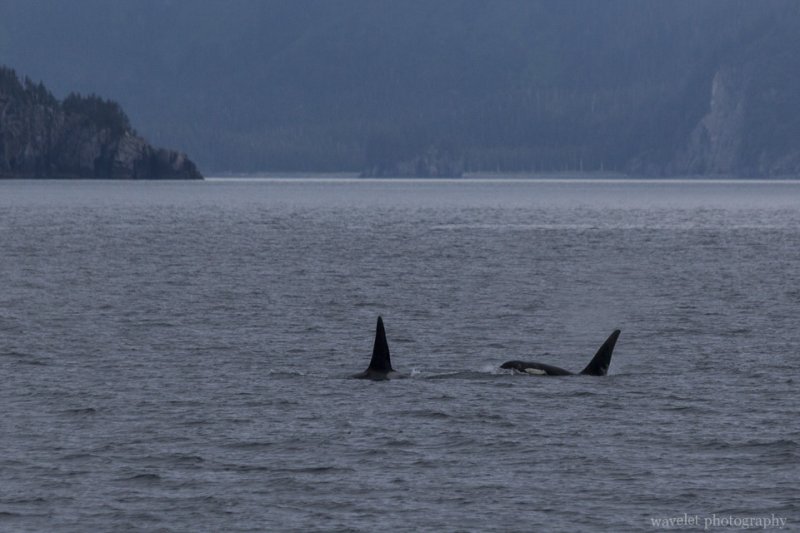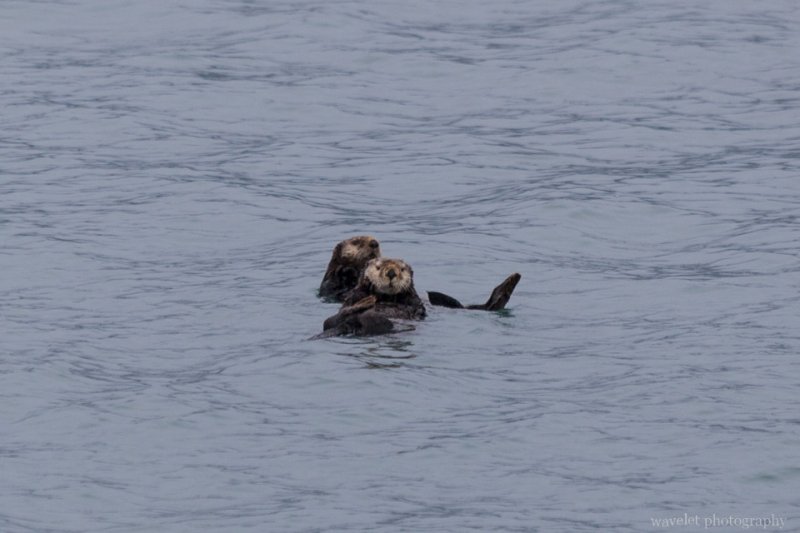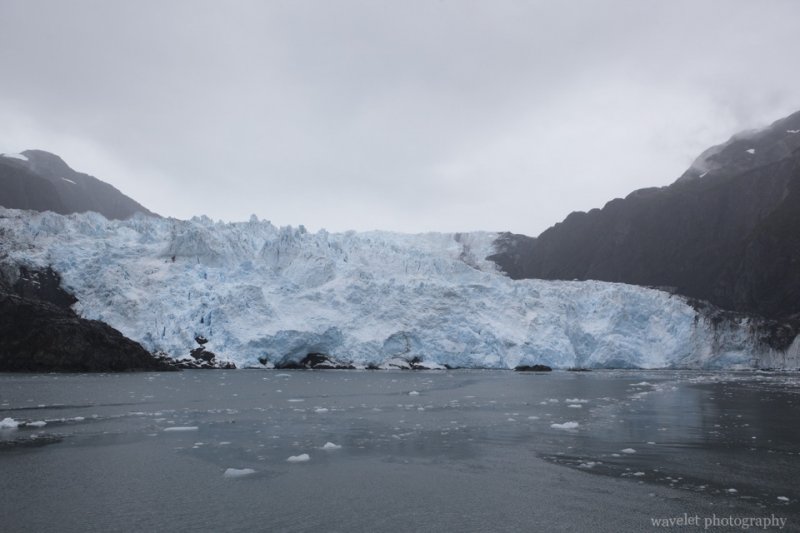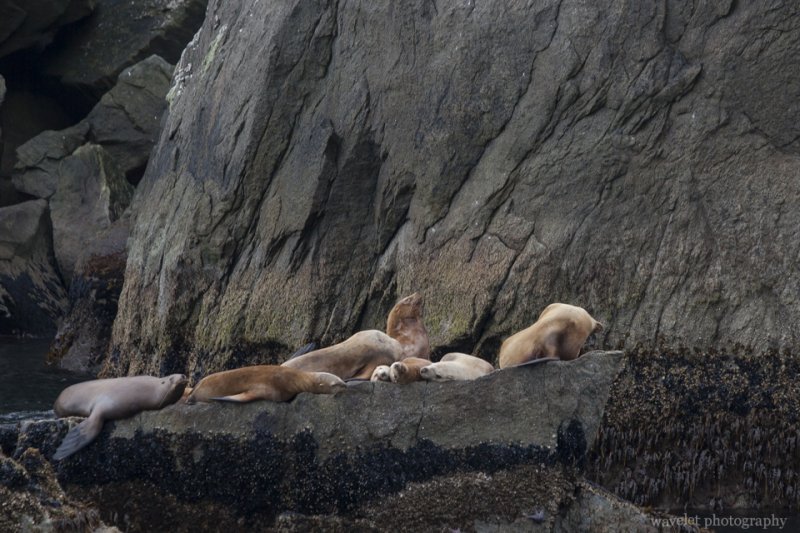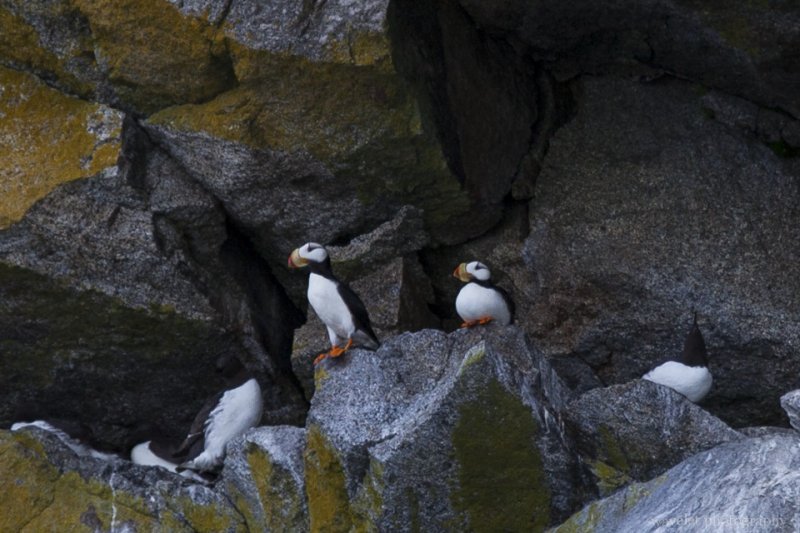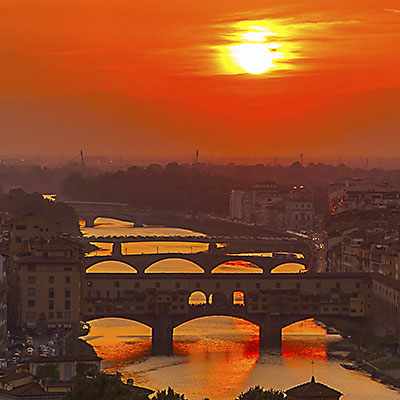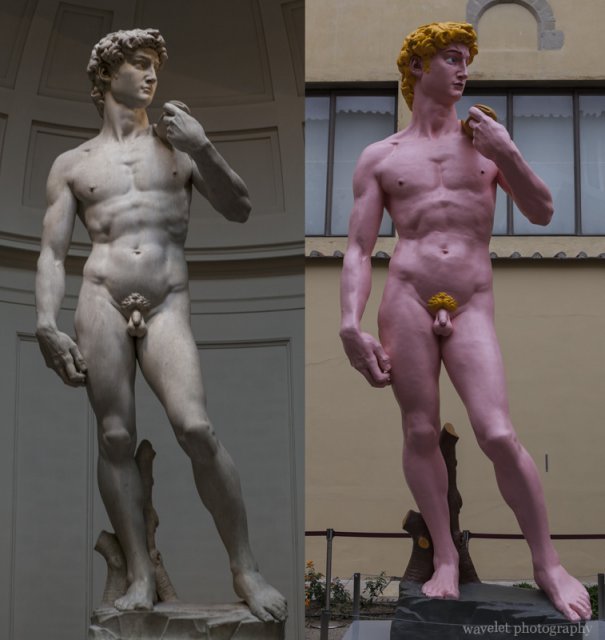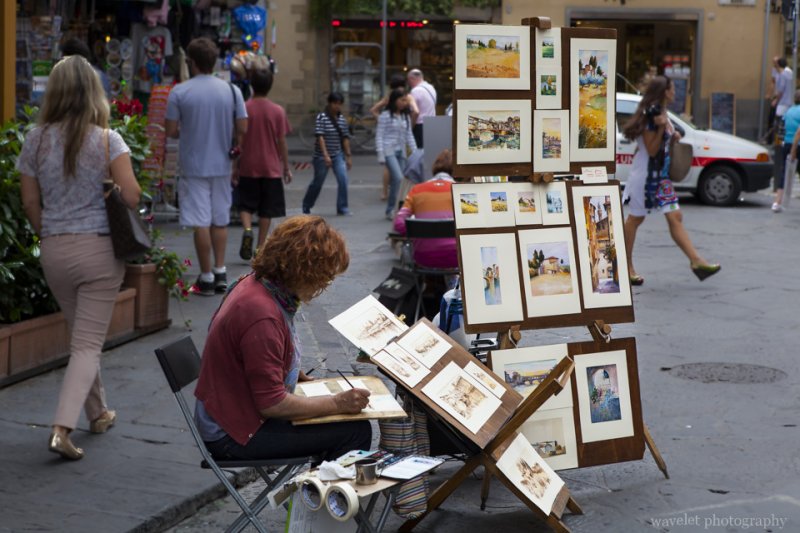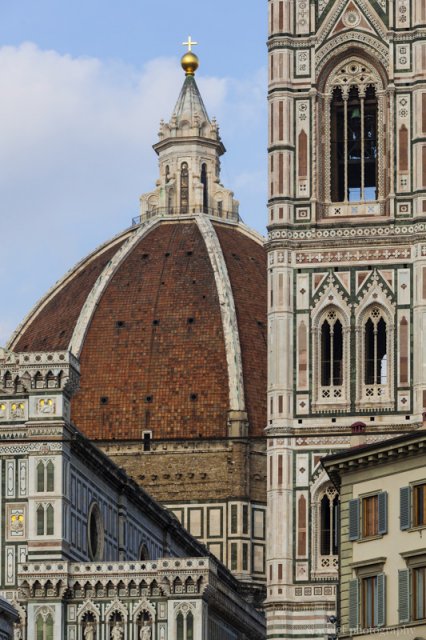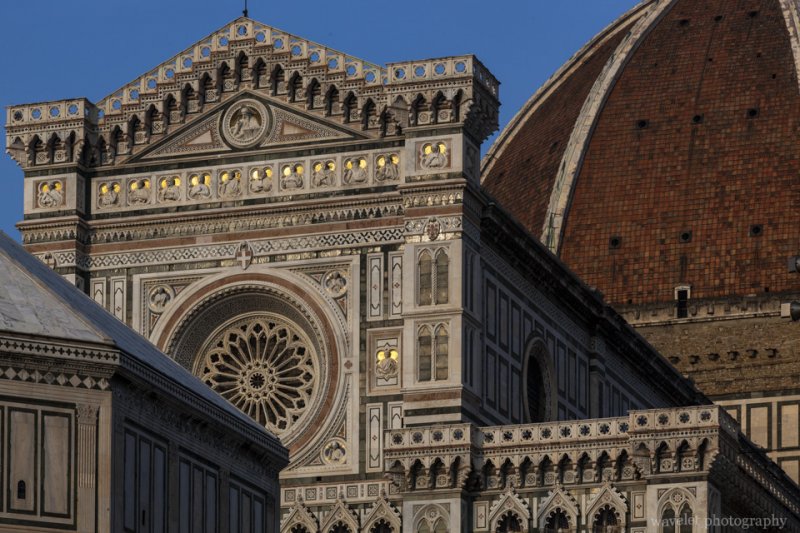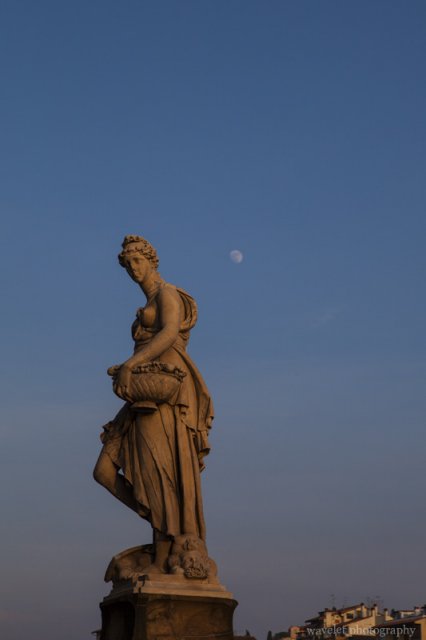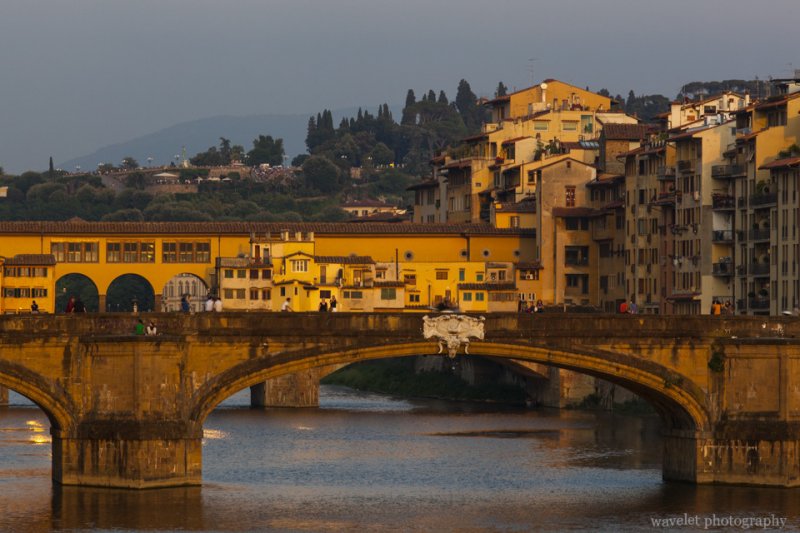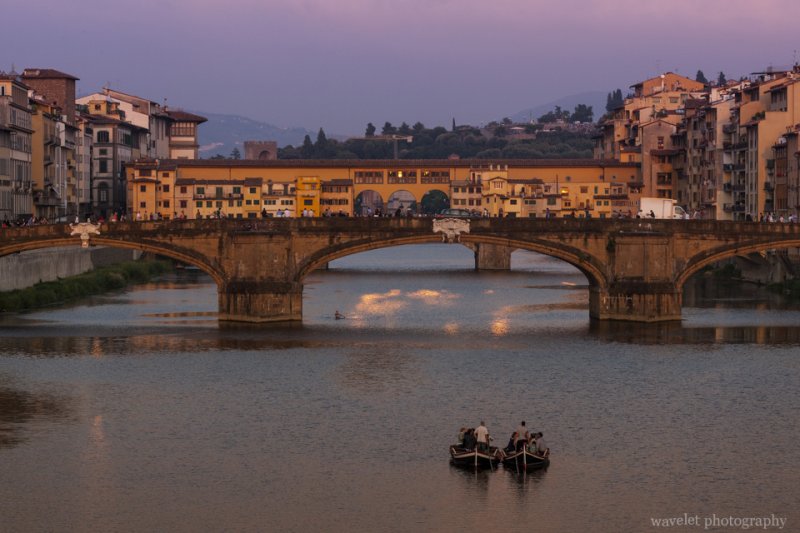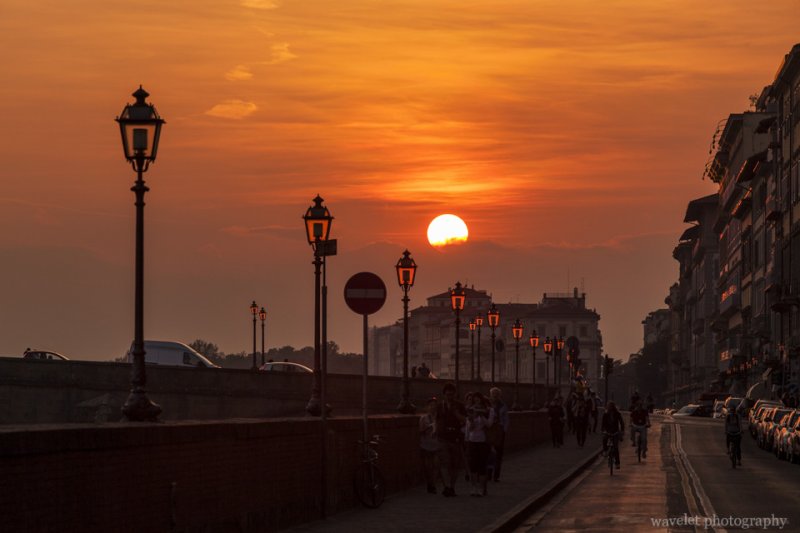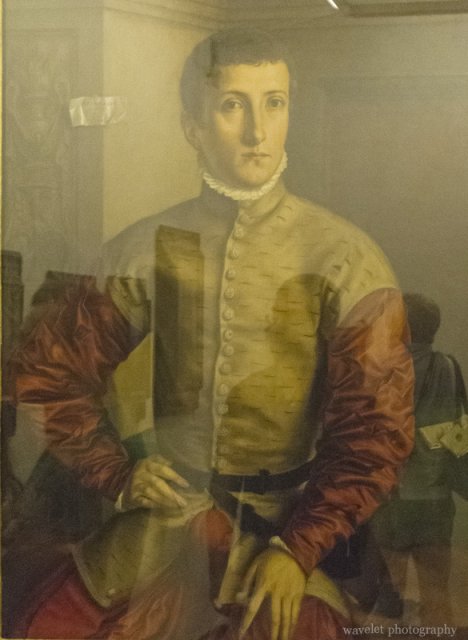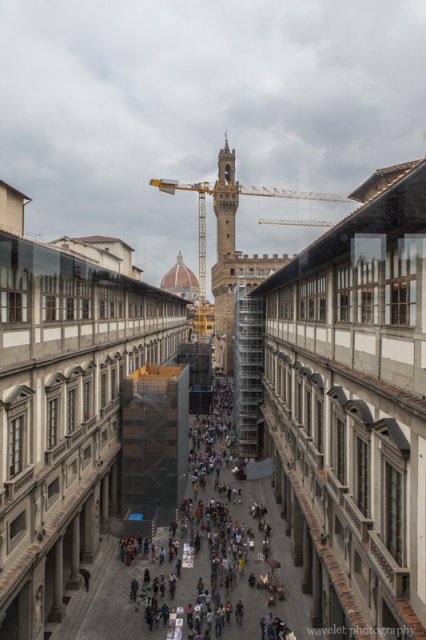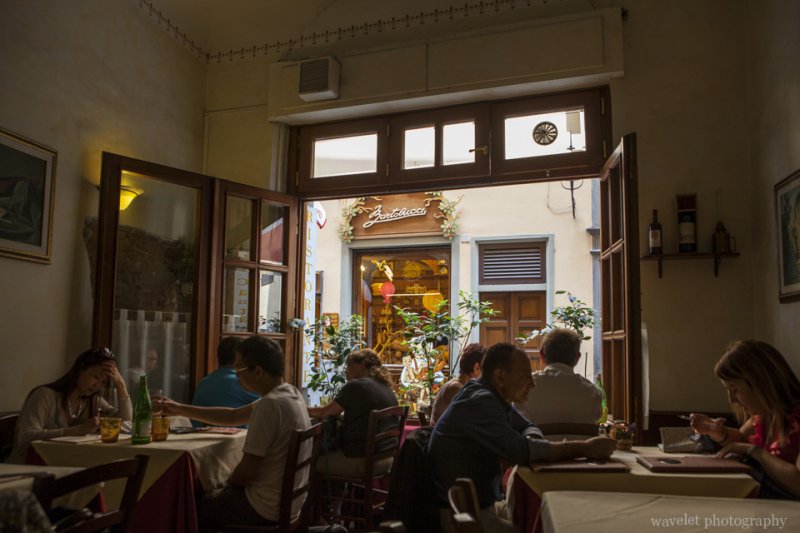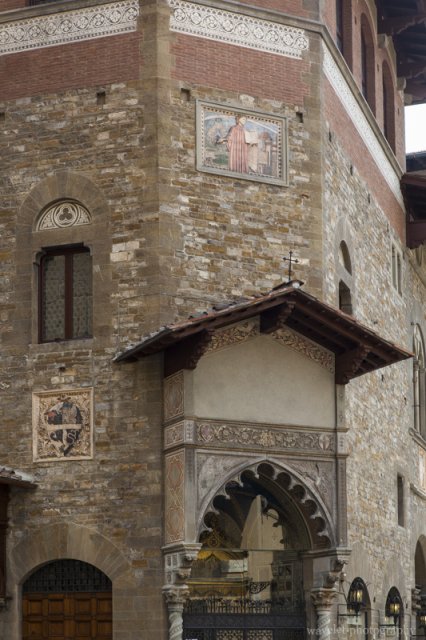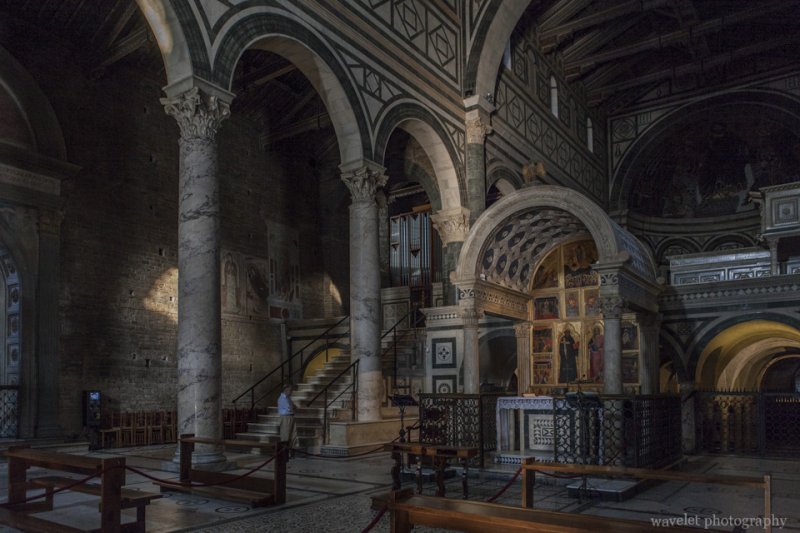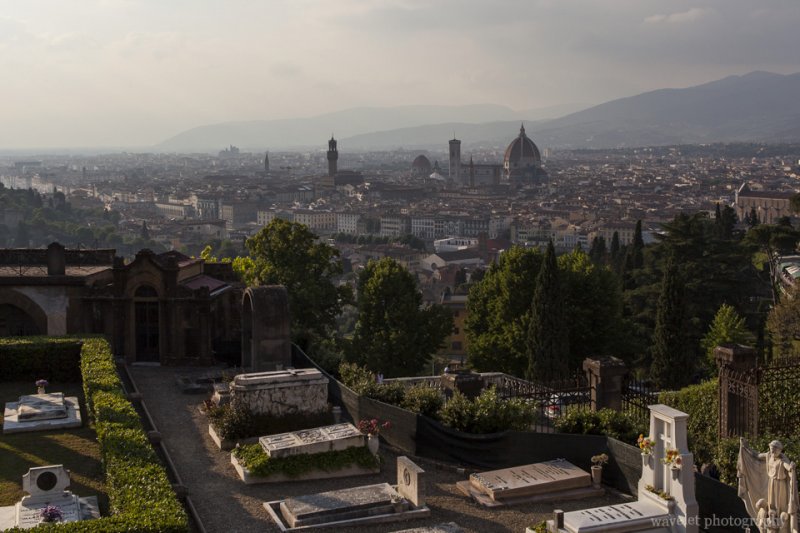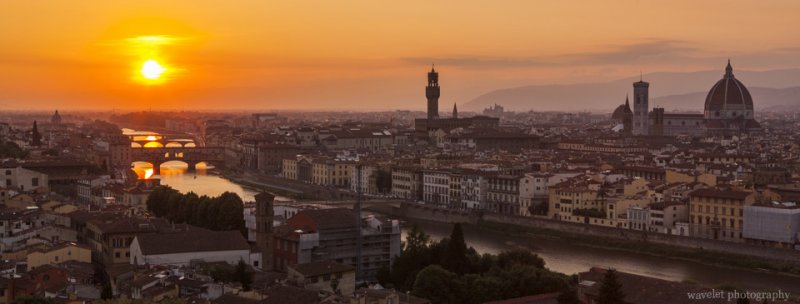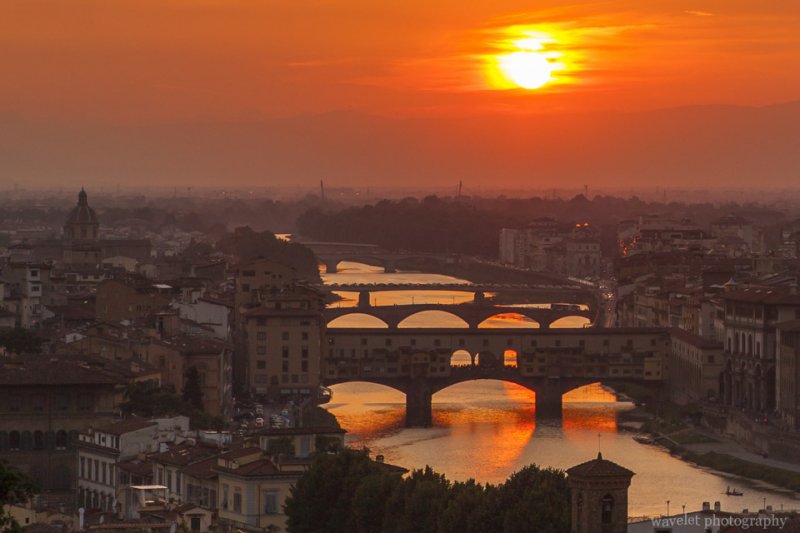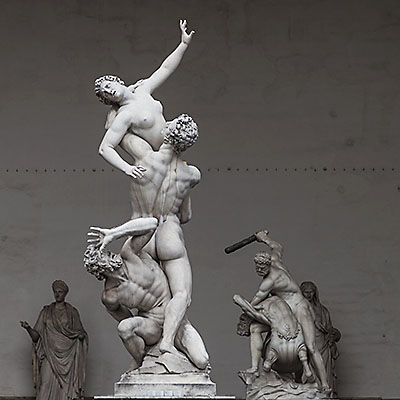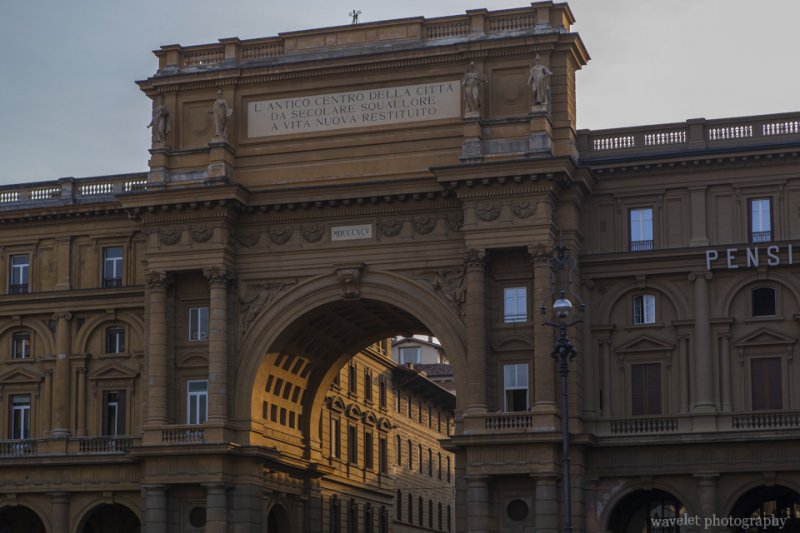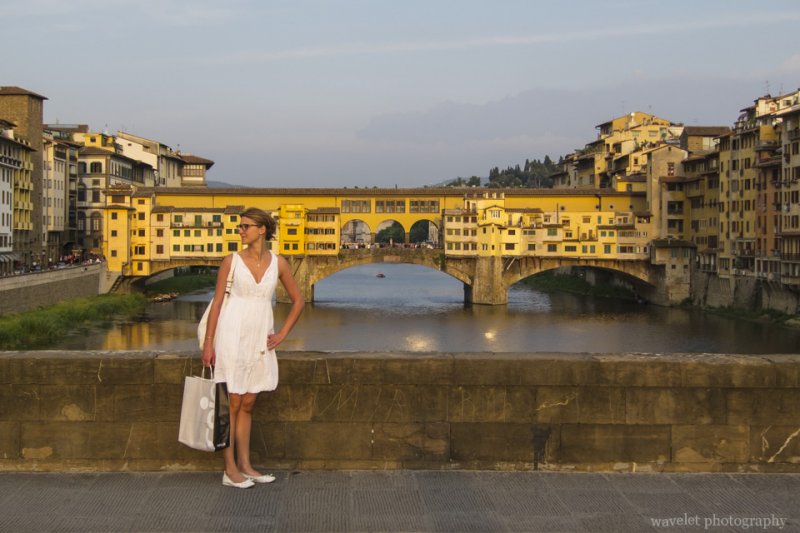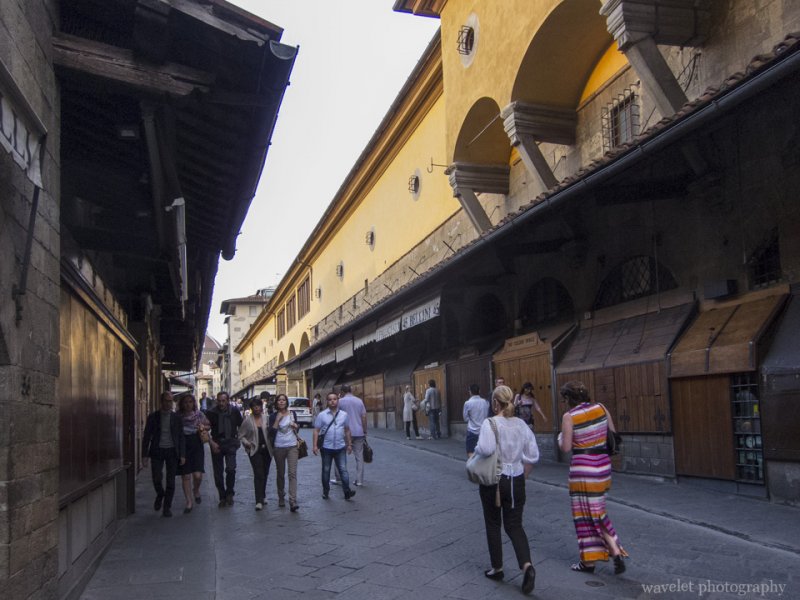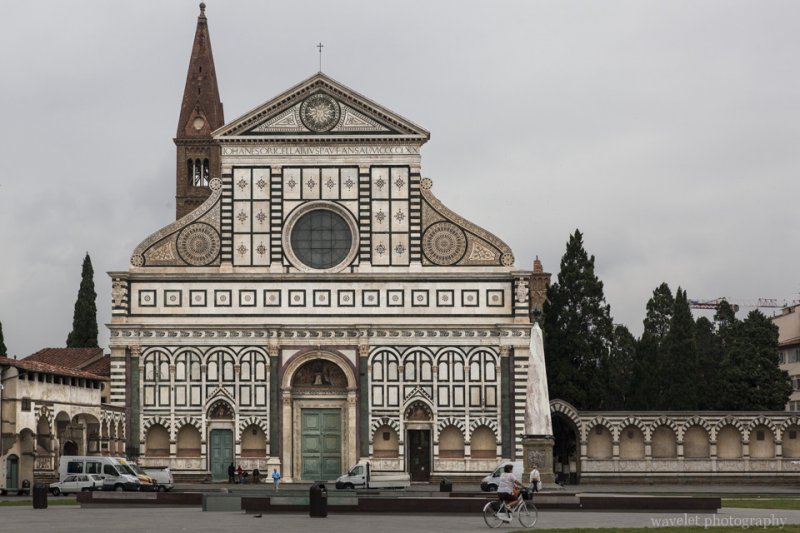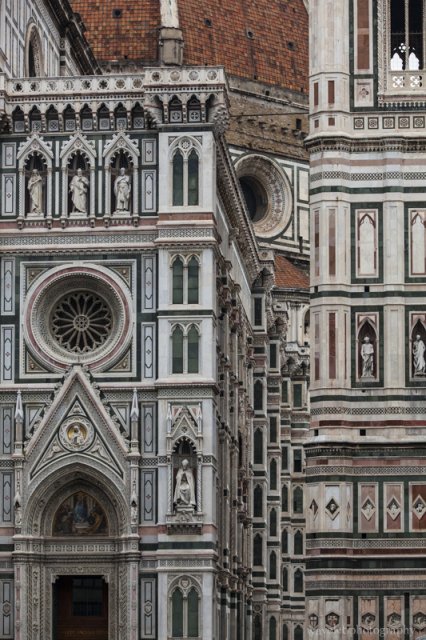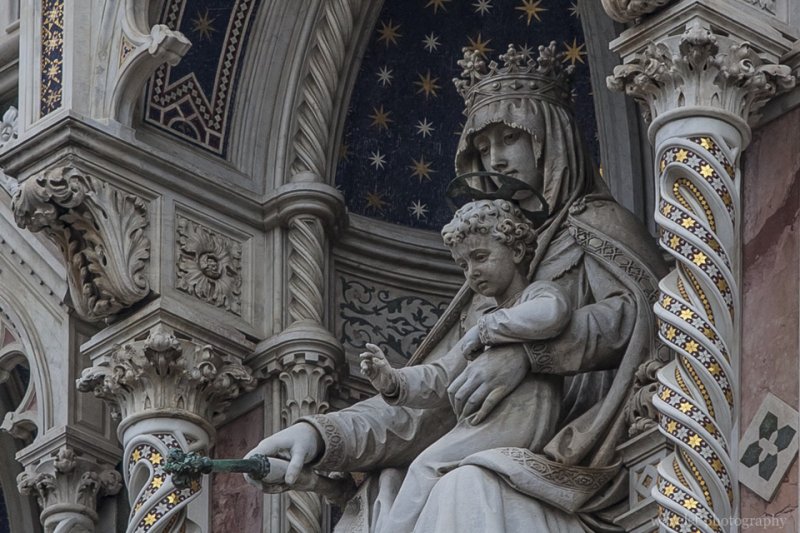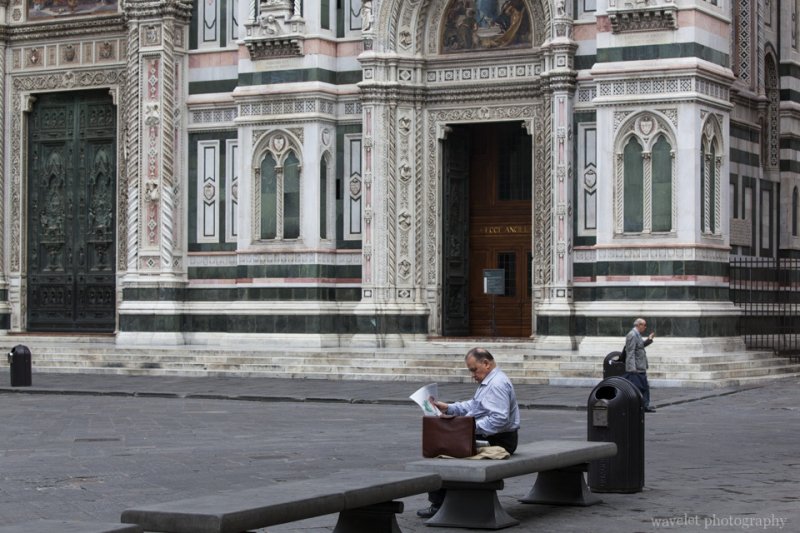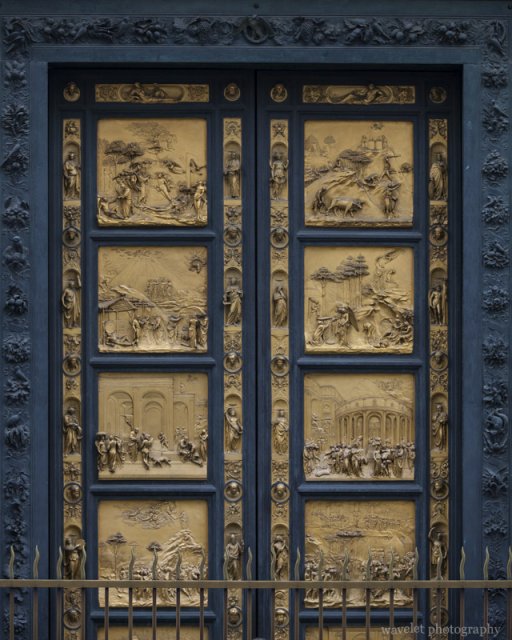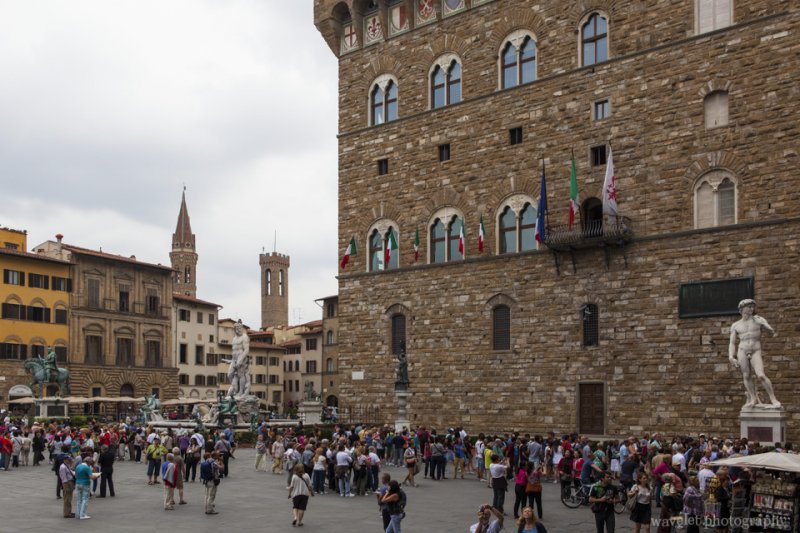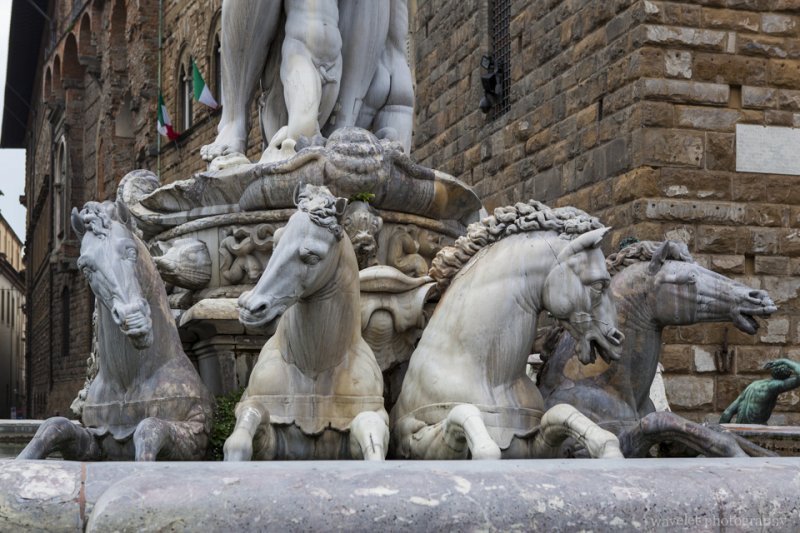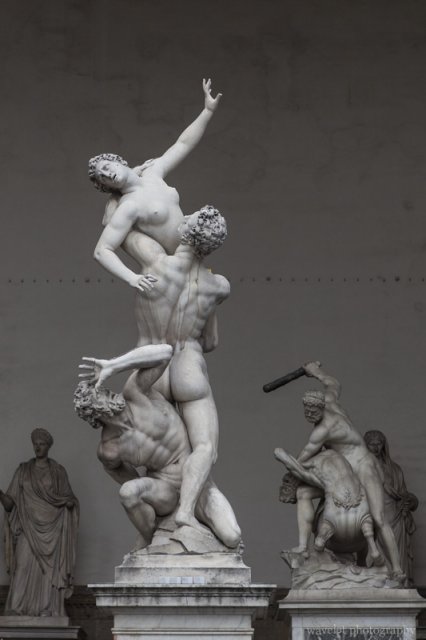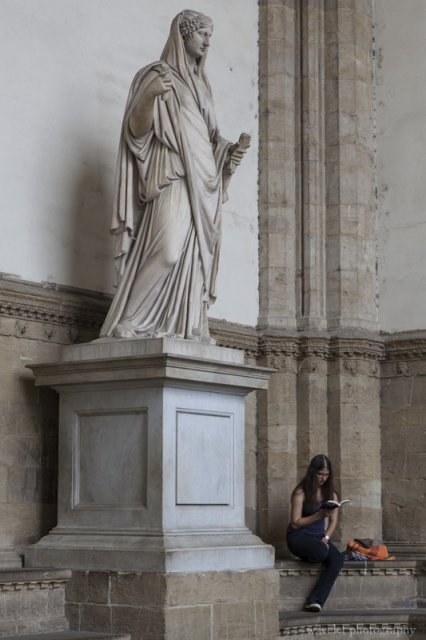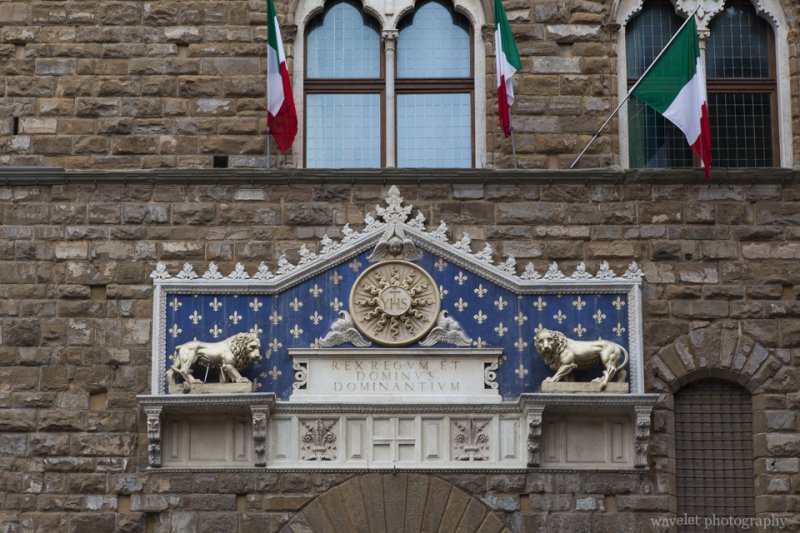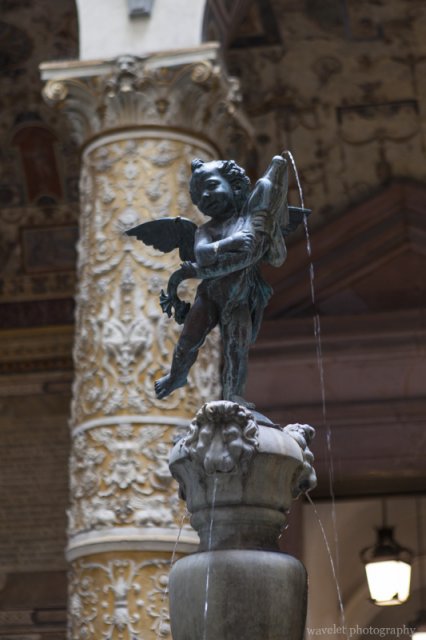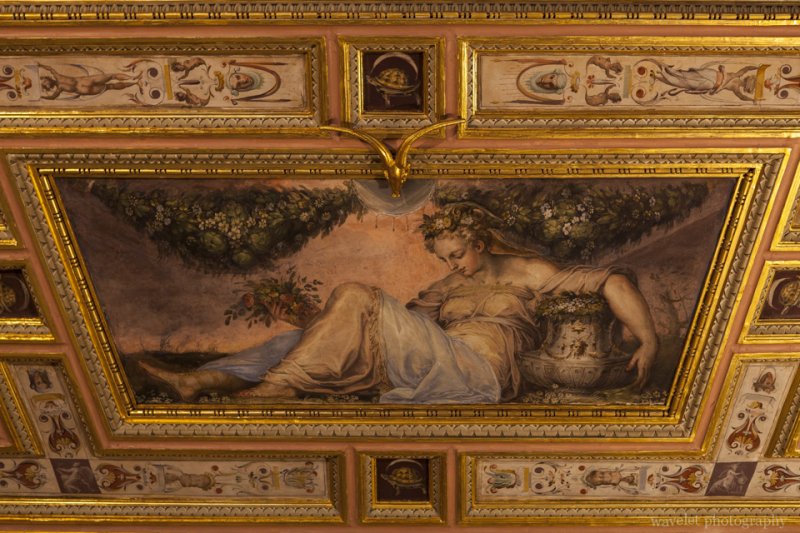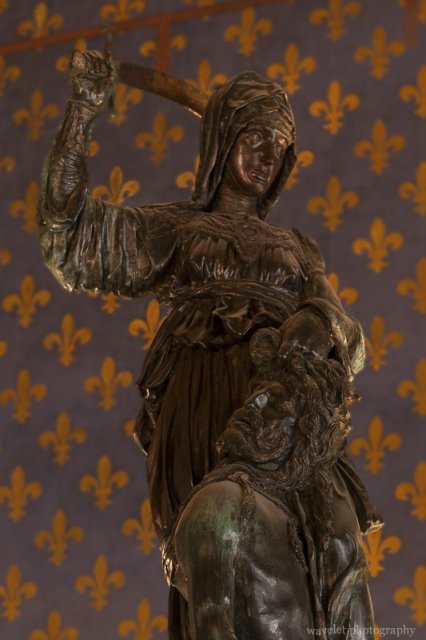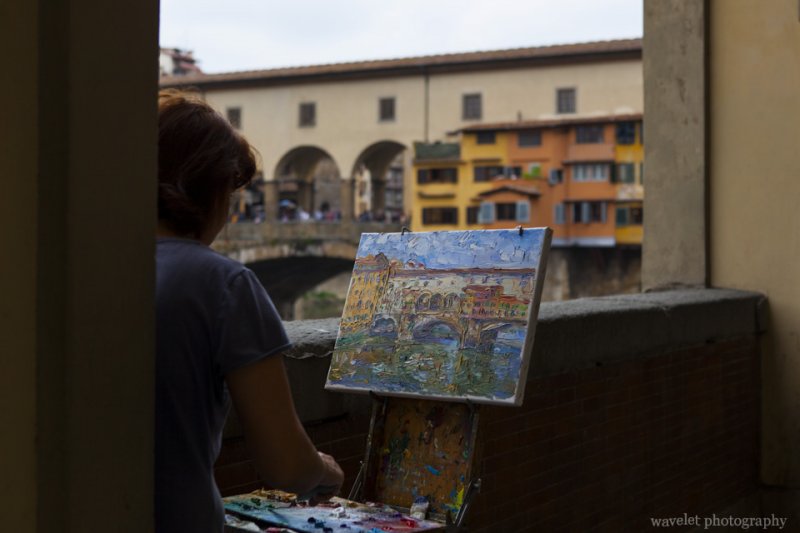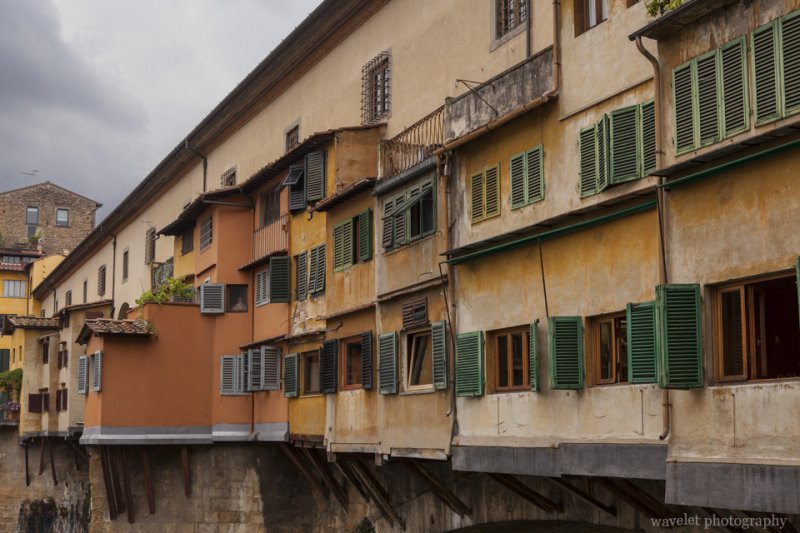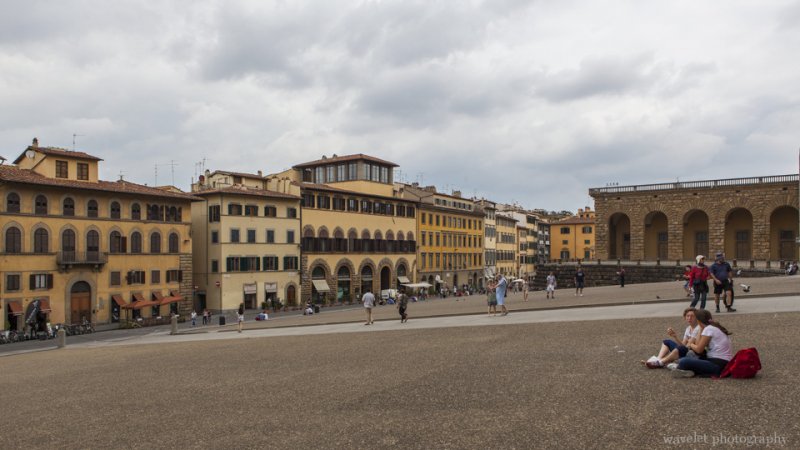Tanzania – Arusha National Park
2012.12.24Justin picked us up at the lodge at 8:30am in the second morning. Our safari tour officially started from Arusha National Park.
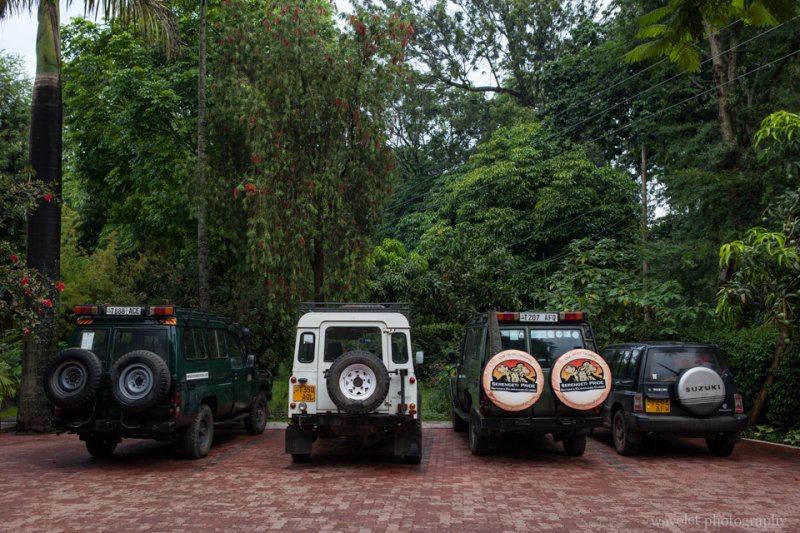
The perimeter of Arusha National Park is only several miles to Arusha, but its main gate is about 40 miles away from the city. Although the size is small, the park has diversified geographical features, including Mt. Meru, Merella lake, forest and grassland over the Ngurdoto Crater. About an hour later, we parked our car at the entrance. While Justin was checking in at the office, we saw several giraffes walking in a bush about 200 feet from us. It’s our first wildlife encounter in Africa, understandably we were quite excited.
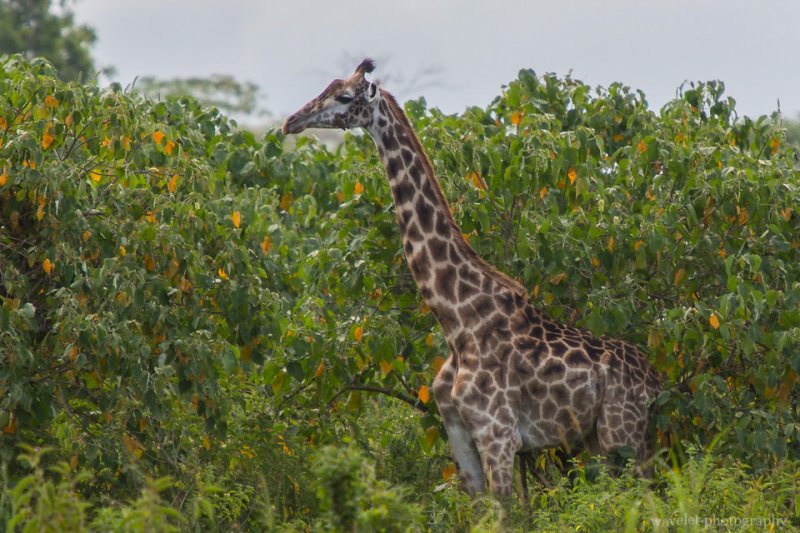
The entrance gate leads into shadowy forest. We started seeing more animals, including groups of zebras and buffaloes.
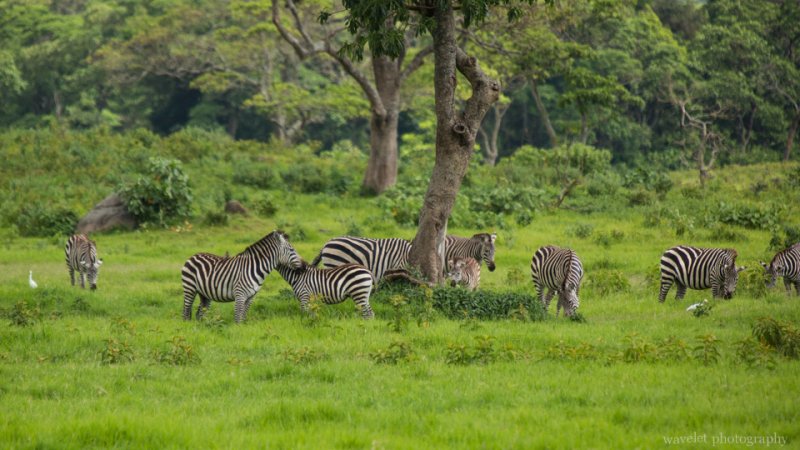
We stopped at a ranger station near Tululusia Hill. One good thing about Arusha National Park is that, while visitors are not allow to leave their cars in other national parks, they can hike in Arusha National Park, accompanied by rangers with shotguns. Justin introduced us to one ranger, bigger group will have more rangers to walk with them. The rangers are guides at the same time. They are quite knowledgeable about plants and animals in the park.
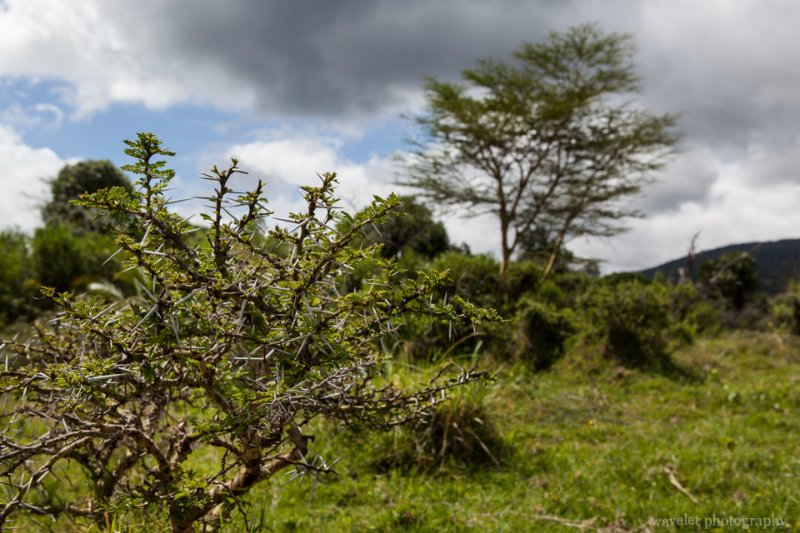
We walked along a dried creek into the Buffalo Glade, an open area surrounded by forest. A group of buffaloes were at the edge of the woods. As we walk towards them, the ranger kept reminding us not to get too close, not to stare at them for too long. He said there were two times in the past that he had to warn then fire at buffalo when the visitors entered the flight zone and the buffalo started charging.
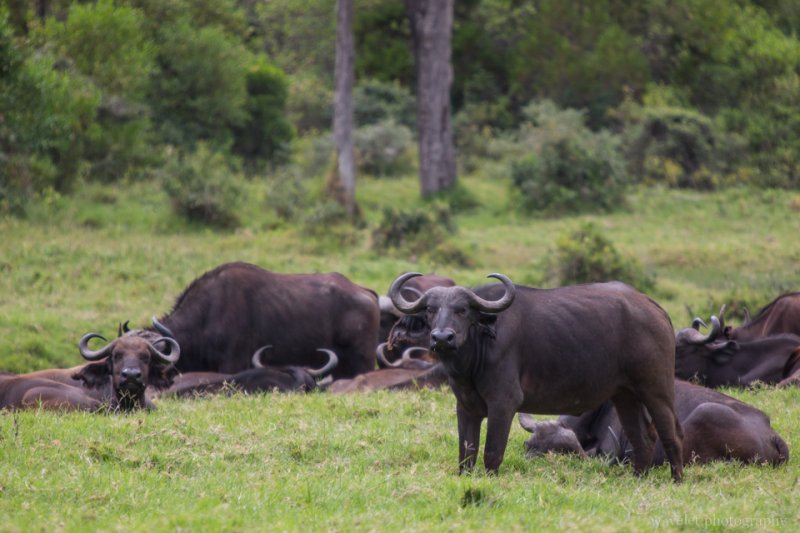
Leaving buffaloes behind, we kept walking across the glade. At the other end of the grass, we met three persons just climbing down from the mountain. One visitor had only a pro-camera in his hand and the other two locals carried other equipment and camping stuff for him. This is a typical format of hiking tours in Tanzania and Kenya. In some programs, such as climbing Kilimanjaro, the tourists are accompanied by even more locals.
We entered the shade area of Tululusia Hill. A walk on the rocky trail rewarded us with something quite unexpected, a 28-meter water fall.
We turned back and walked along the foot of the hill. In the middle of the woods, we saw a giraffe under the Acacia Tree eating leaves, calm and elegant. My wife happily had some pictures with the giraffe.
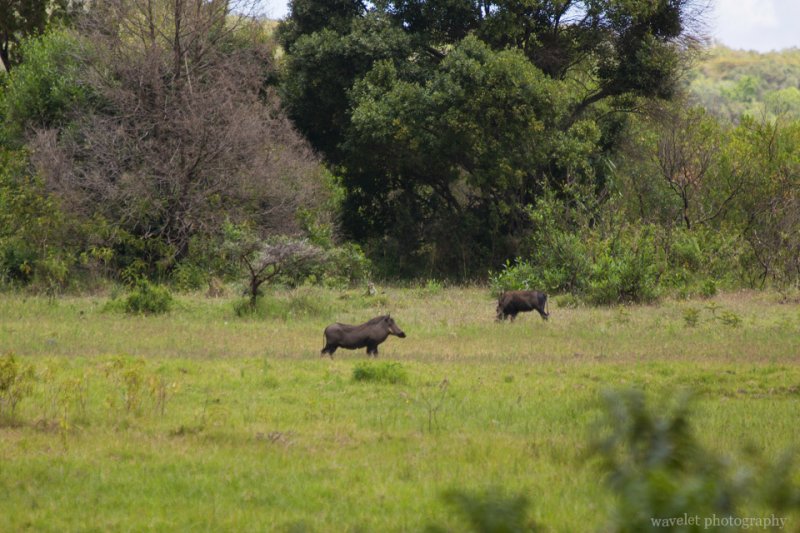
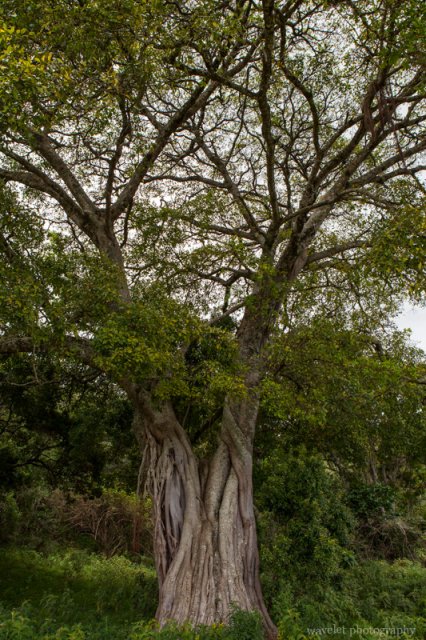
We walked for about 2 hours and returned to the ranger station at 1:30pm. Justin and us sit down in an open hut to have our lunch. What’s in the lunch box are almost same every day and same for all different tour groups. It normally contains a fried chicken leg, a piece of bread, an apple, a bottled drink and some bagged peanuts. Every morning, the camping sites prepare the lunch box and give them to the guide. They are not very fresh, but the chicken was always tasty.
It started raining as we were having the lunch. Lucky that we didn’t try to climb the hill, which is normally part of the program. We resumed our game drive to the east in the rain after lunch. Some animals were using bushes to shelter from the rain.
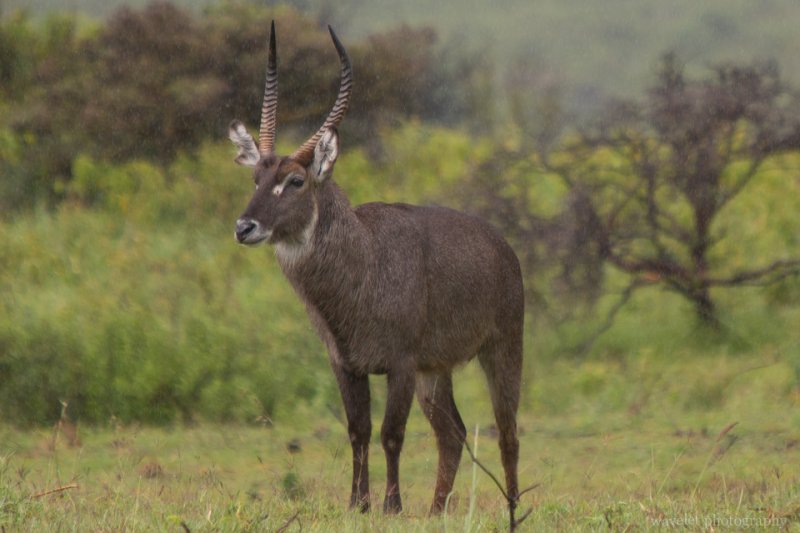
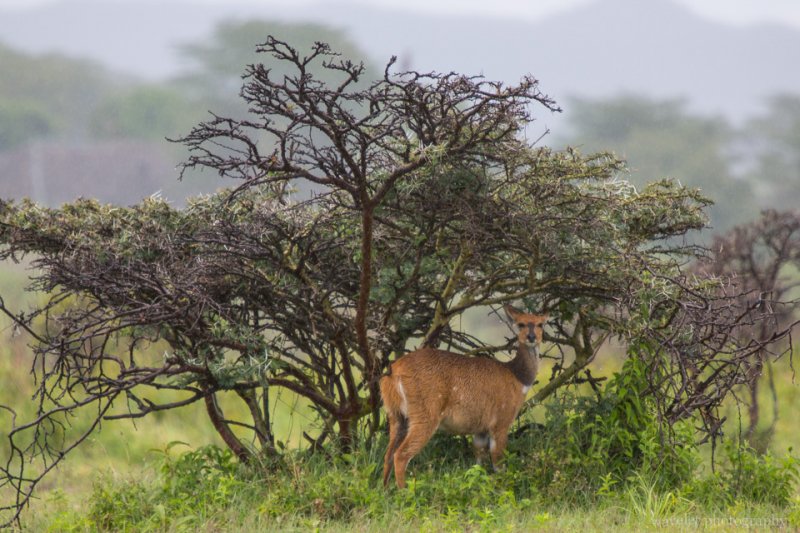
The rain stopped as we were approaching Momella Lakes. This is a group of lakes that are fed by underground water. Different mineral not only give lakes different colors but also support many types of waterfowls. The most attractive ones among them are certainly flamingos. They gathered along the lake as if to embroider the lake with the pink border.
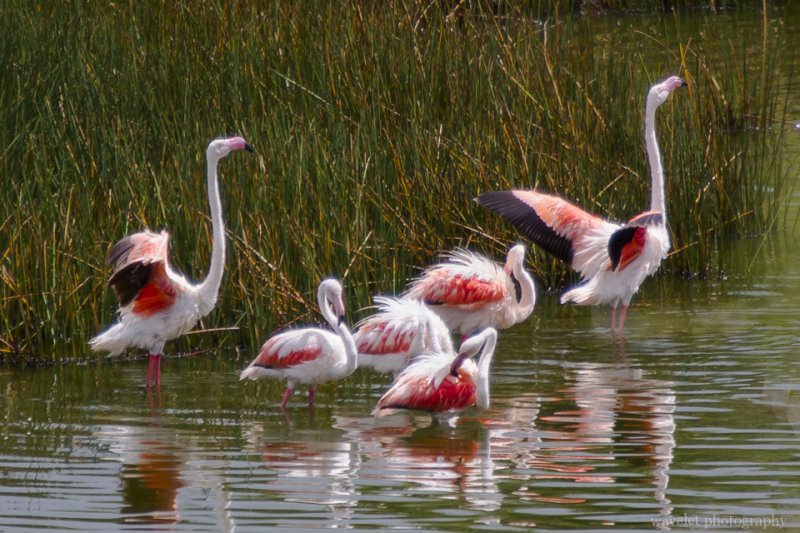
We circled around the Big Momella Lakes. At its north side, hundreds of lesser flamingo standing in the still water. I reduced the exposure time to darken the water in the hope of creating an abstract theme. To me, the image of Africa safari has always been endless savanna, vast, wild and sometimes brutal. These tranquil lakes with flamingos revealed a peaceful and soft side that we didn’t expect.
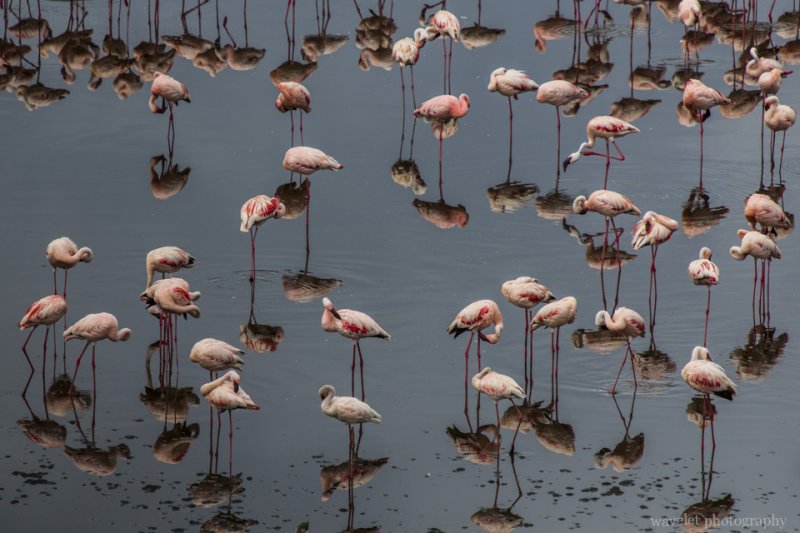
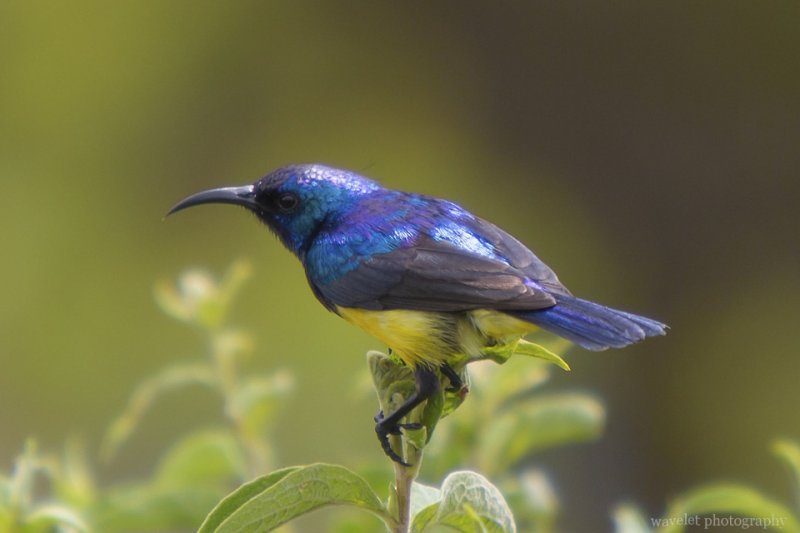
Arusha National Park is located in between Mt. Meru and Mt. Kilimanjaro. On our way back, we first stopped at a vista point that can view both of these two mountains. Only 40 miles from Mt. Kilimanjaro (19,341 ft), Mt. Meru (4,977 ft) is the second highest mountain in Tanzania, and a dormant volcano dominating the park and the city. In the eruption about 8000 years ago, Mt. Meru lost much of its bulk on the east side and created the dramatic terrain of Arusha National Park. The hollow center couldn’t support the huge body, several collapse ensued. In a clear day, one can see Mt. Kilimanjaro from Mt. Meru. Unlucky to us, the Kibo Summit of Kilimanjaro was blocked by the cloud.

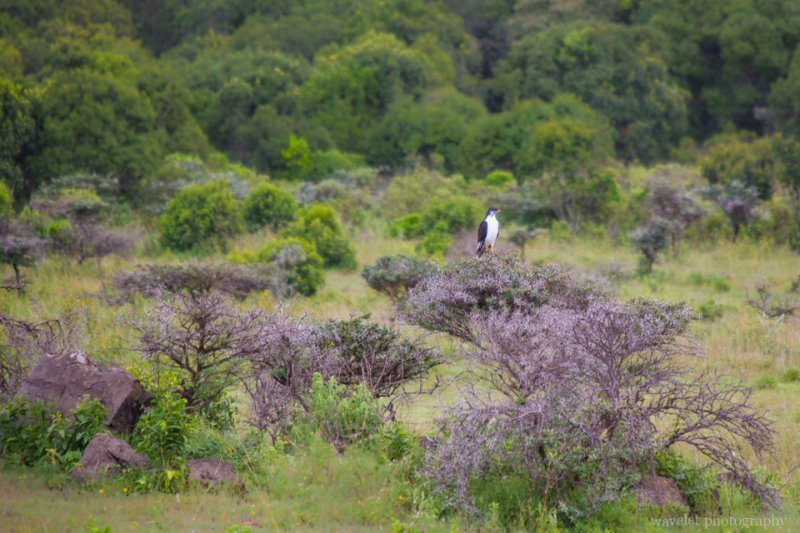
We made a brief stop at an one-room museum near the park’s gate. Moving further, we encountered a troop of baboon walking directly towards us. They are large size old world monkeys that can be commonly found in Africa. At one point, we also saw a colobus monkey on the tree, but I didn’t have a good shot of it.
We left the park at about 3:30pm. We saw several coffee plantations on our way back to the city. Coffee is Tanzania’s largest export crop. These plantations still employ the traditional shade-grown cultivation, in contrast to sun cultivation, which yield more coffee. Shade-grown coffee is considered superior in quality and causes less environmental issues, thus, more “organic”.
